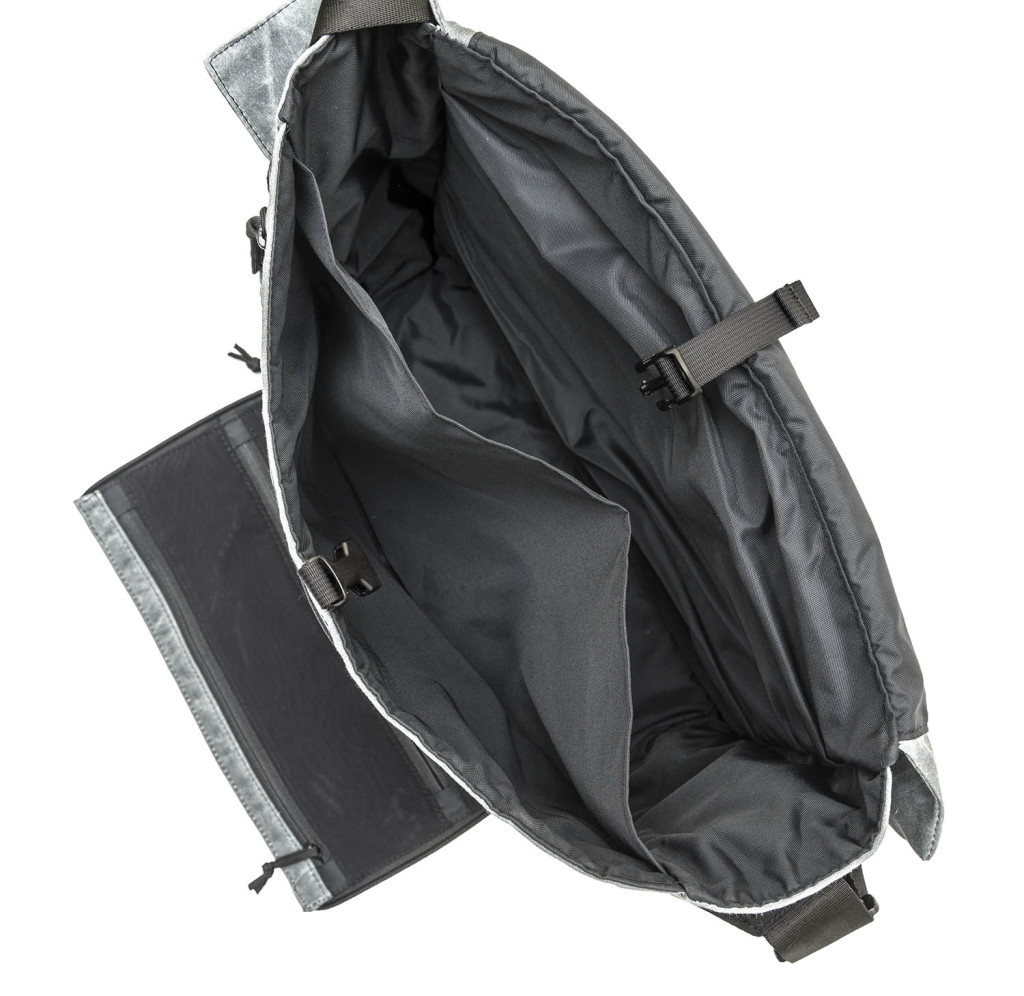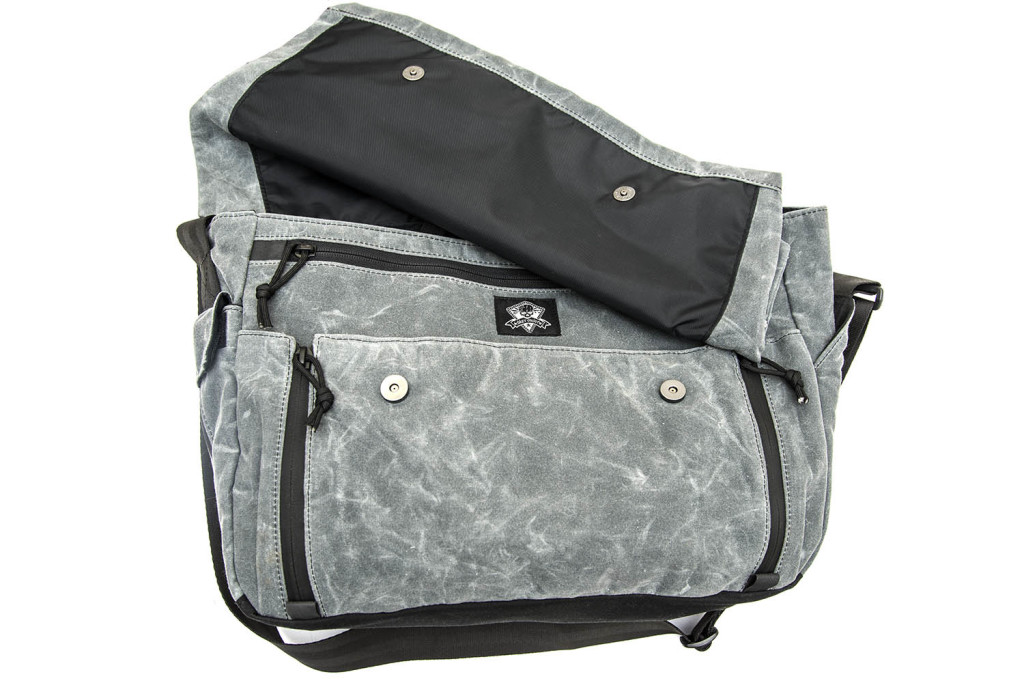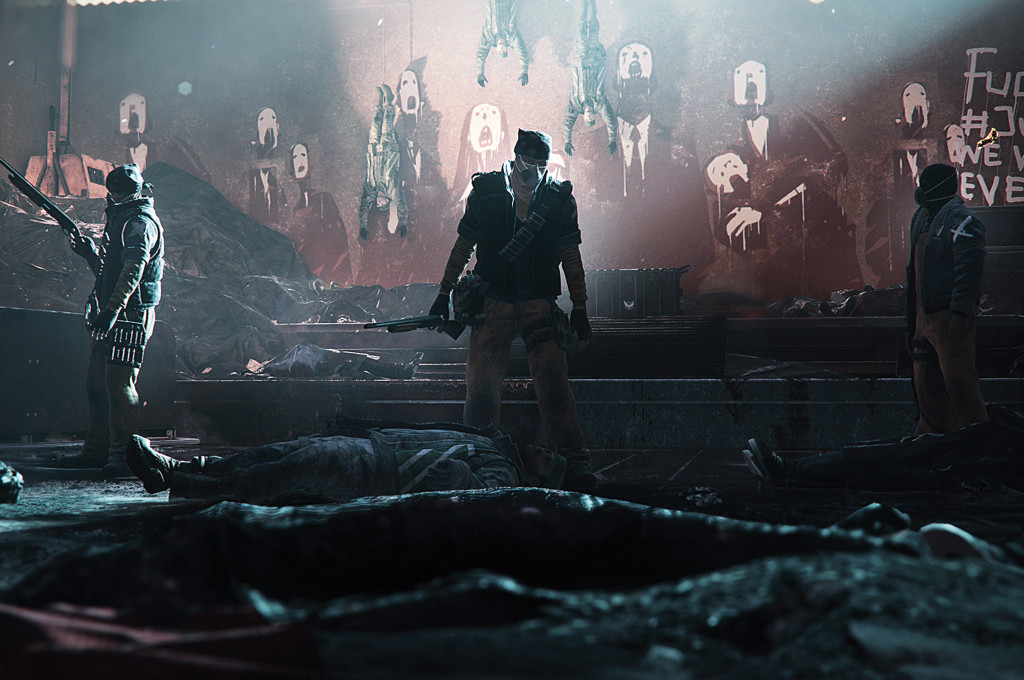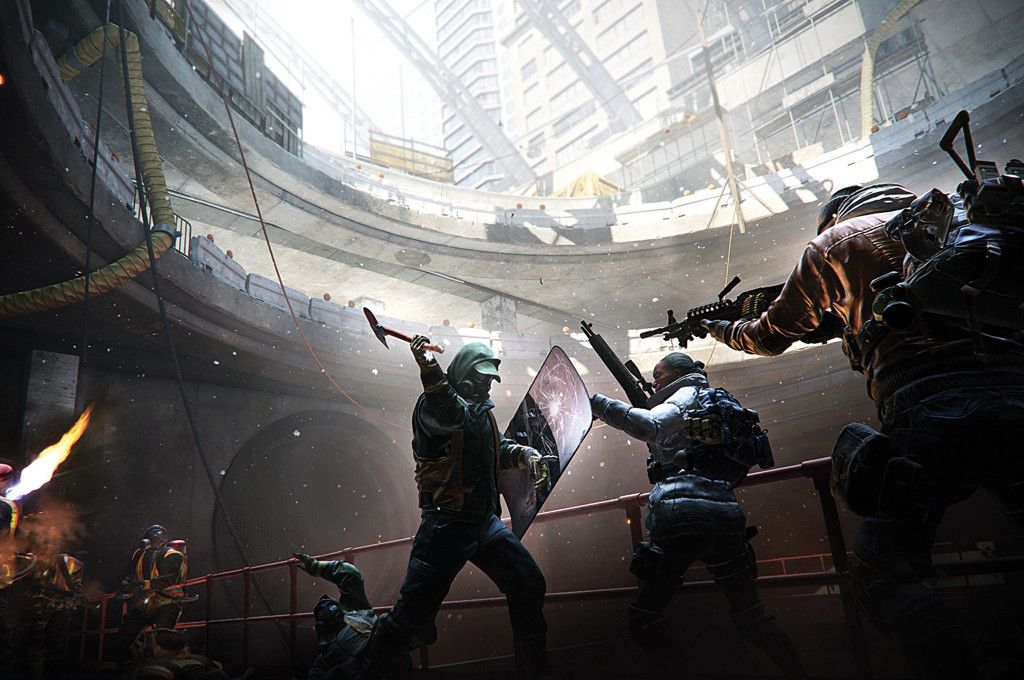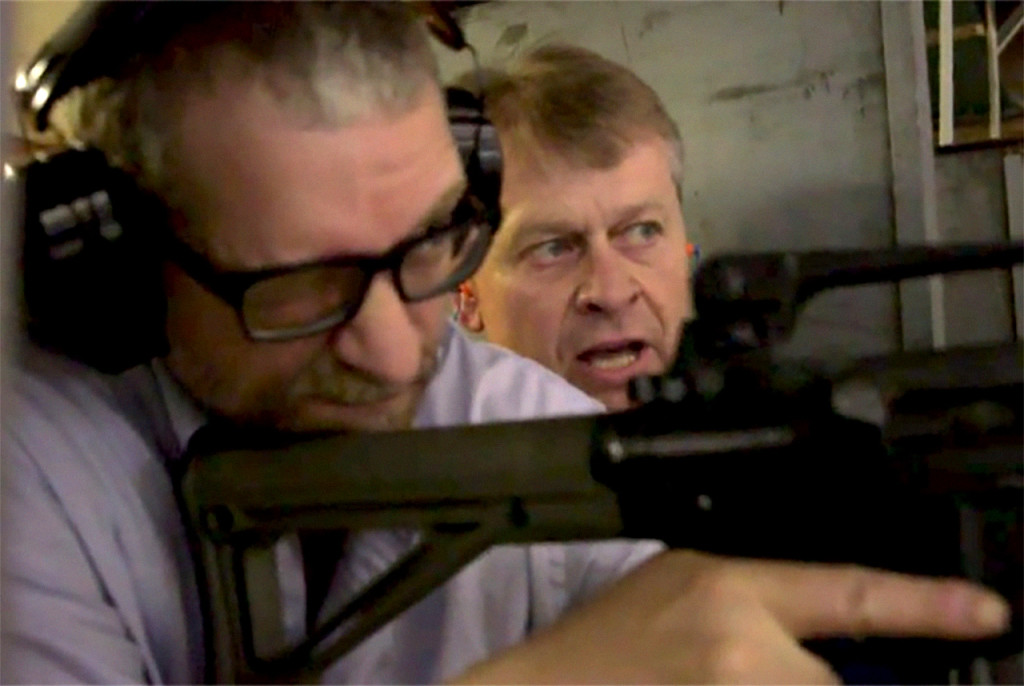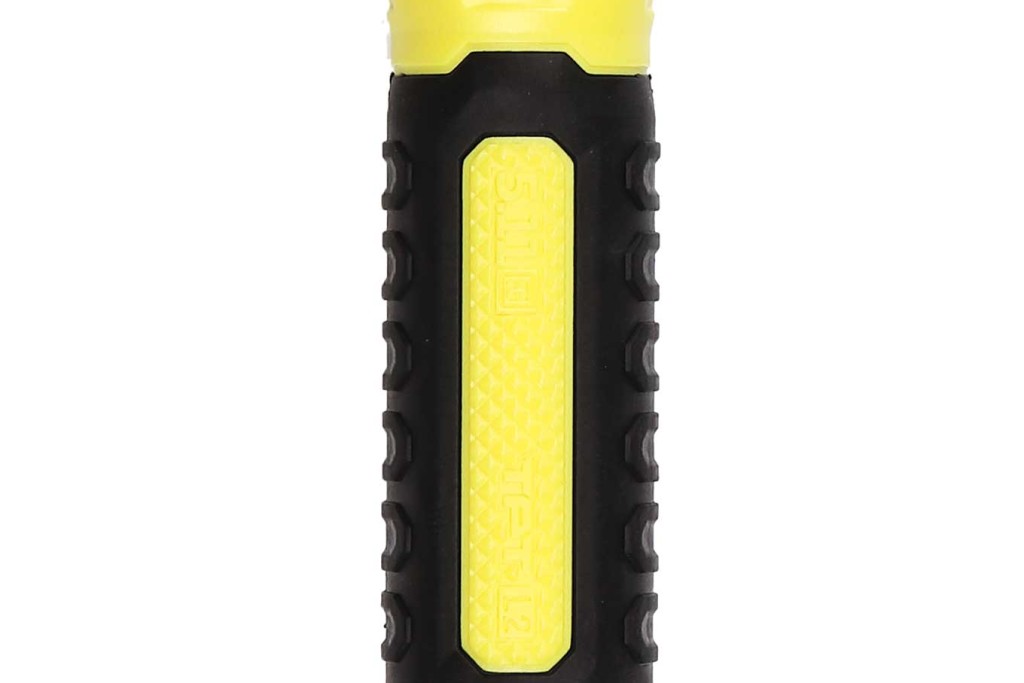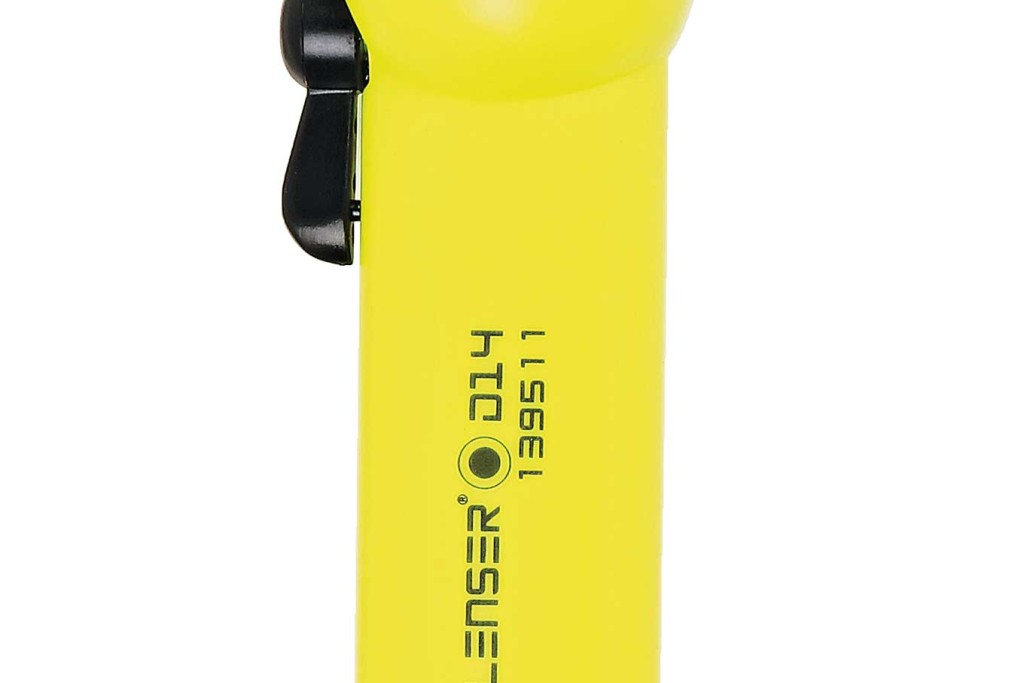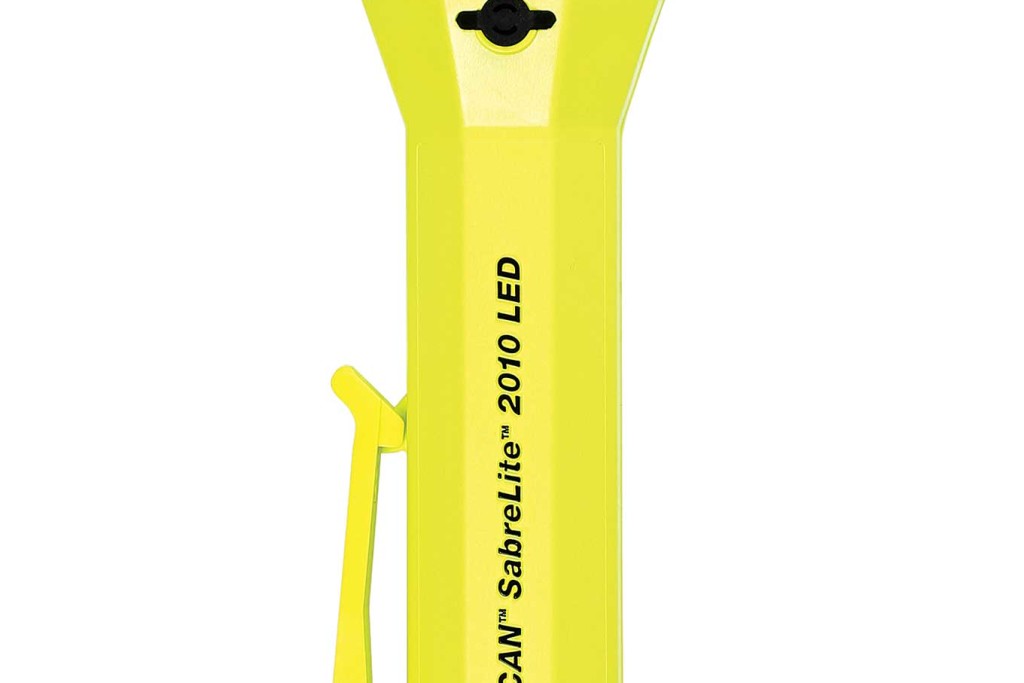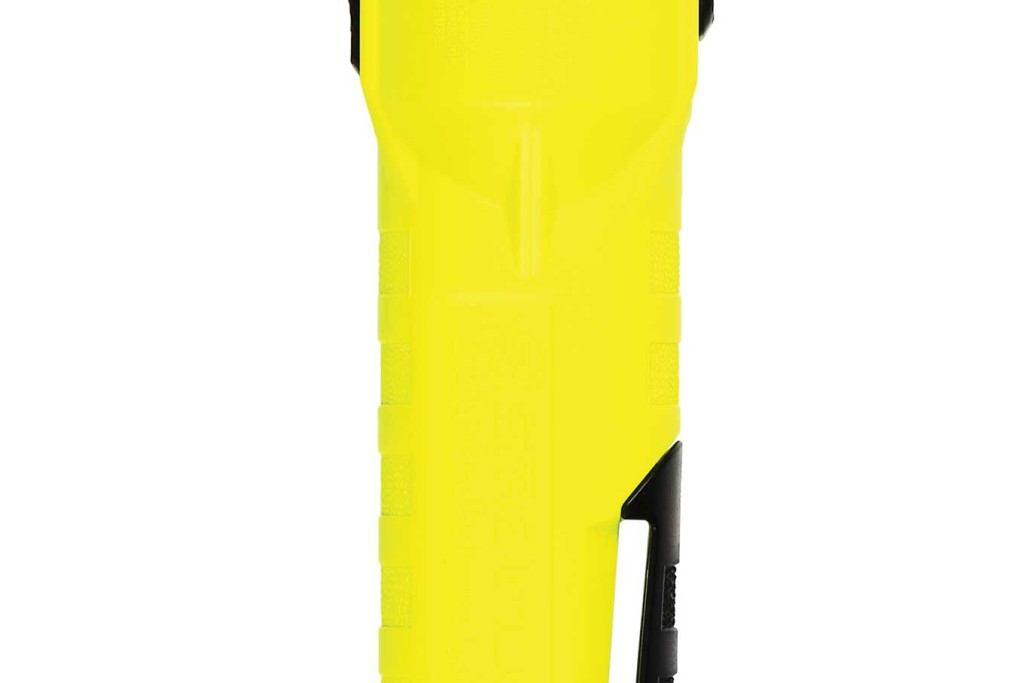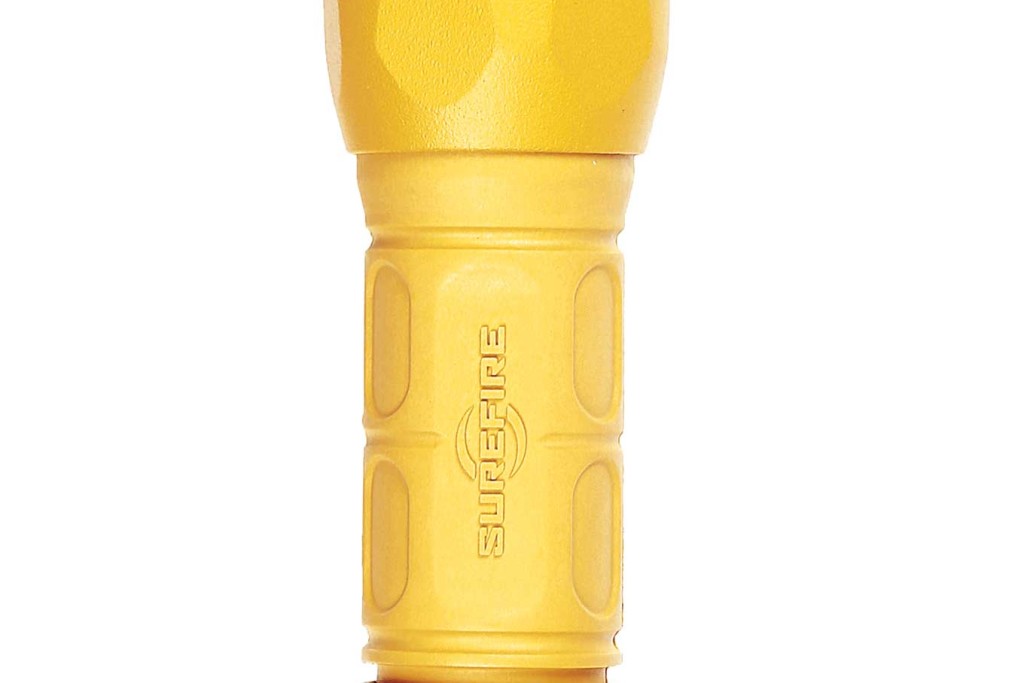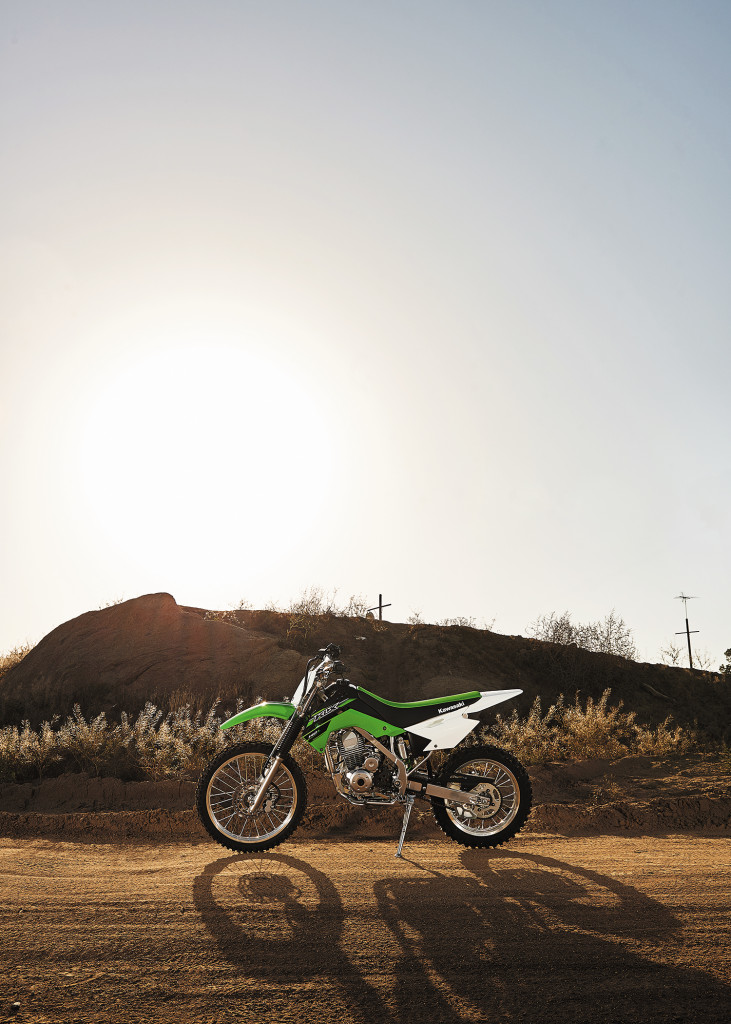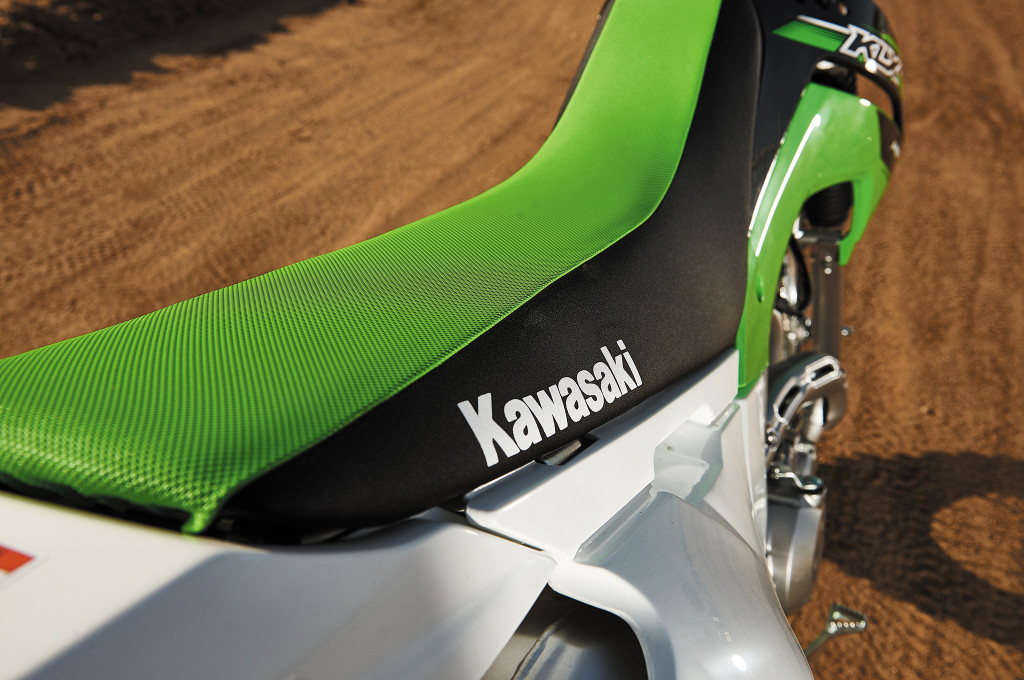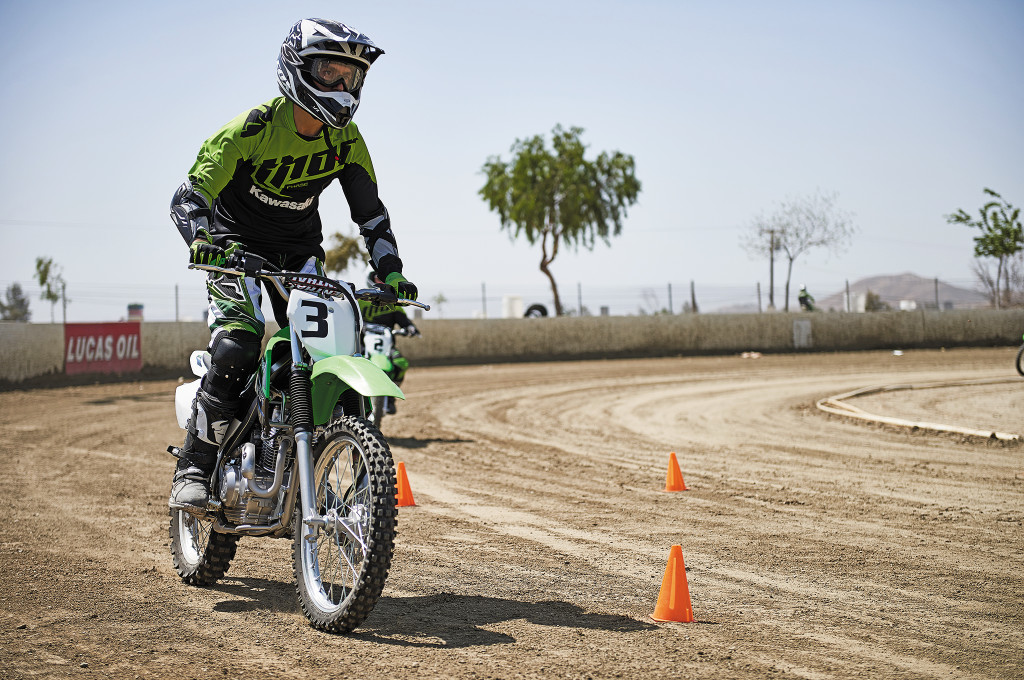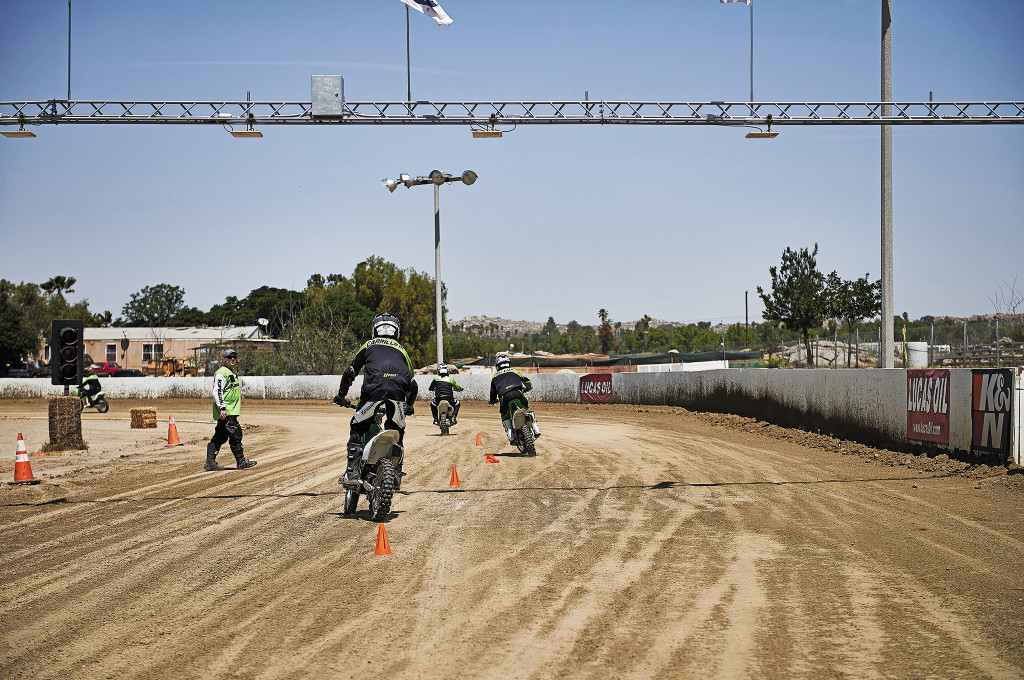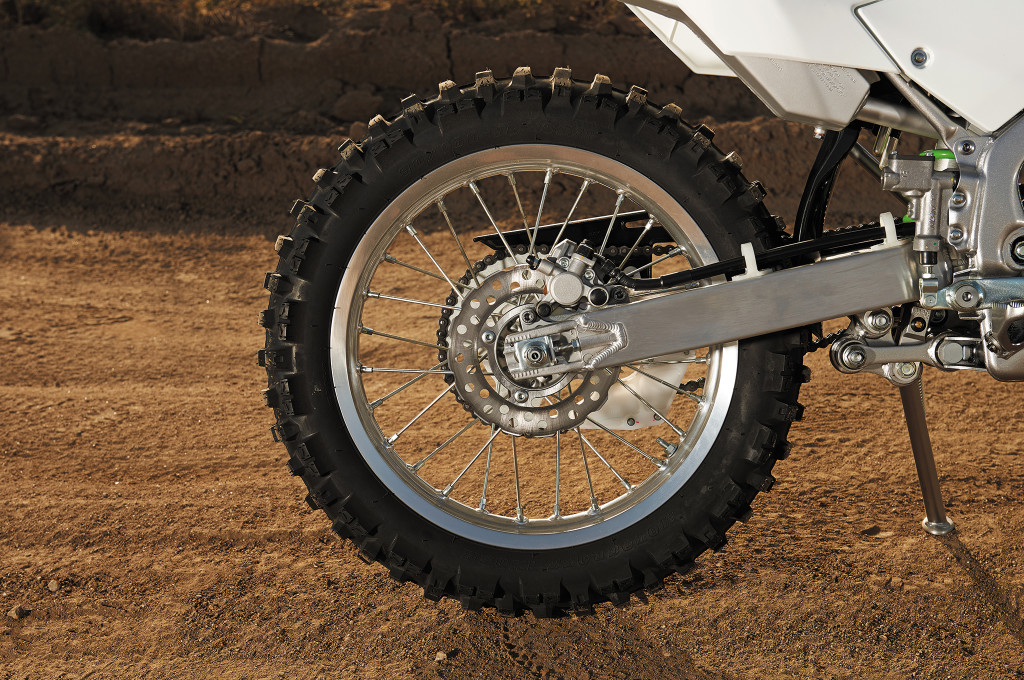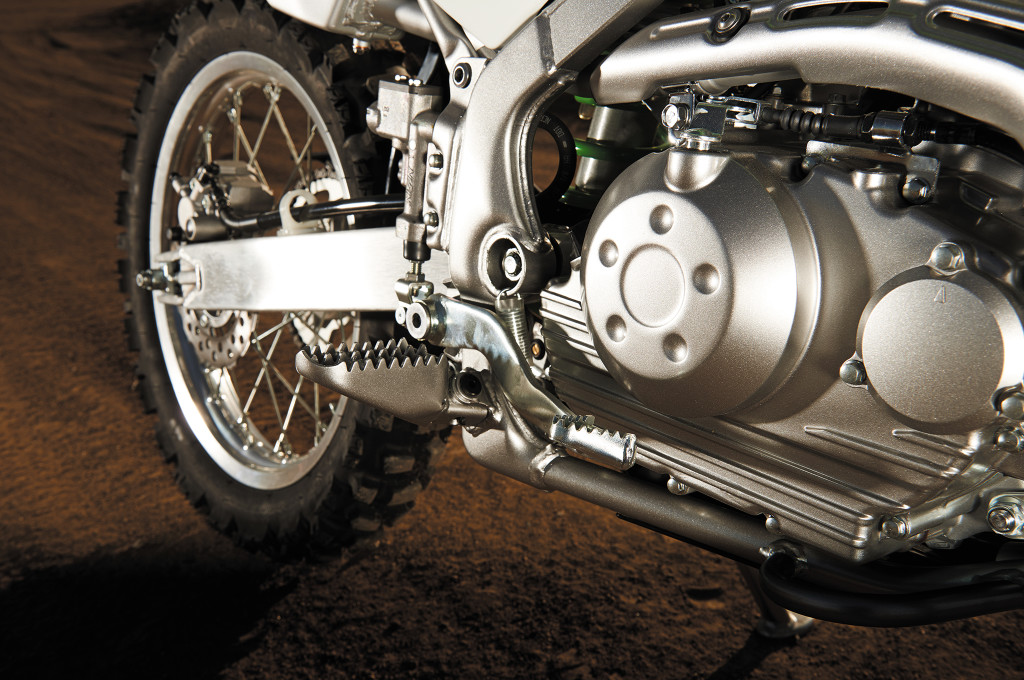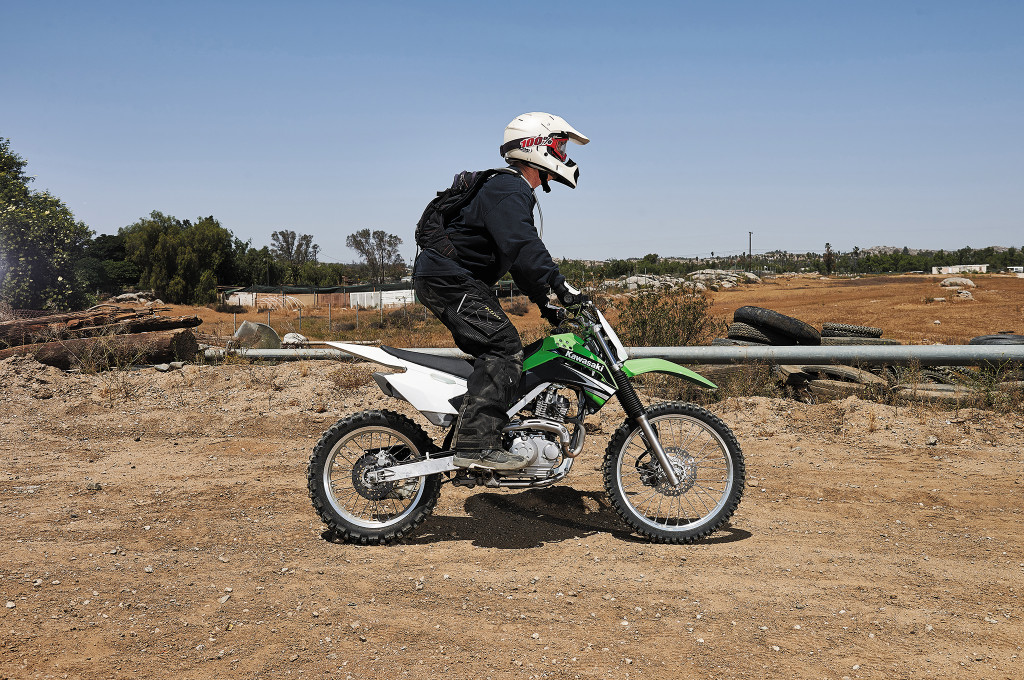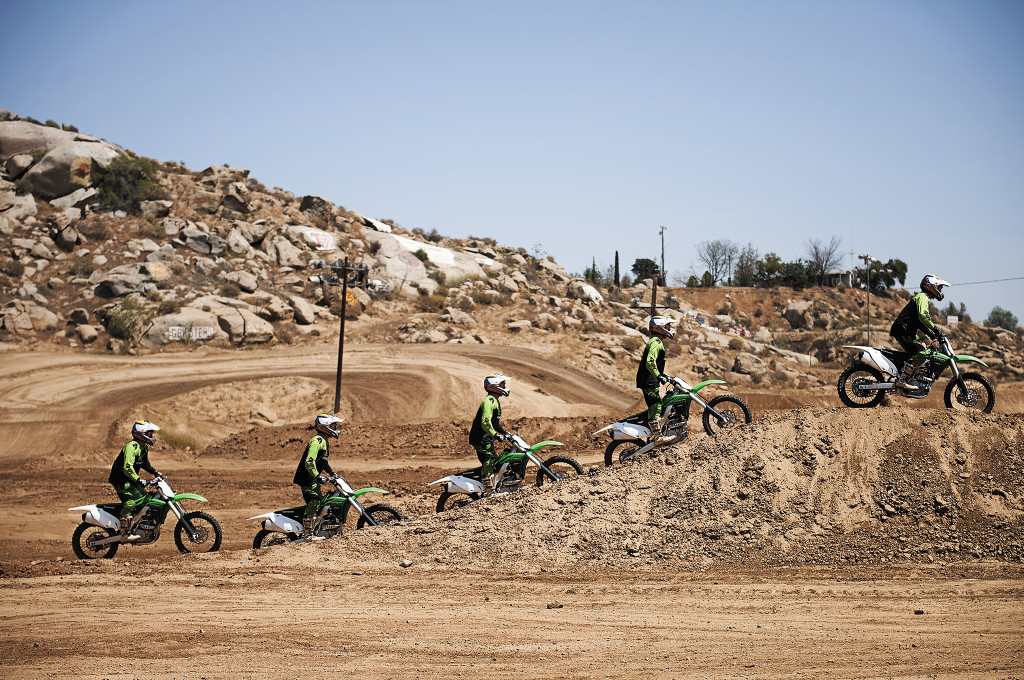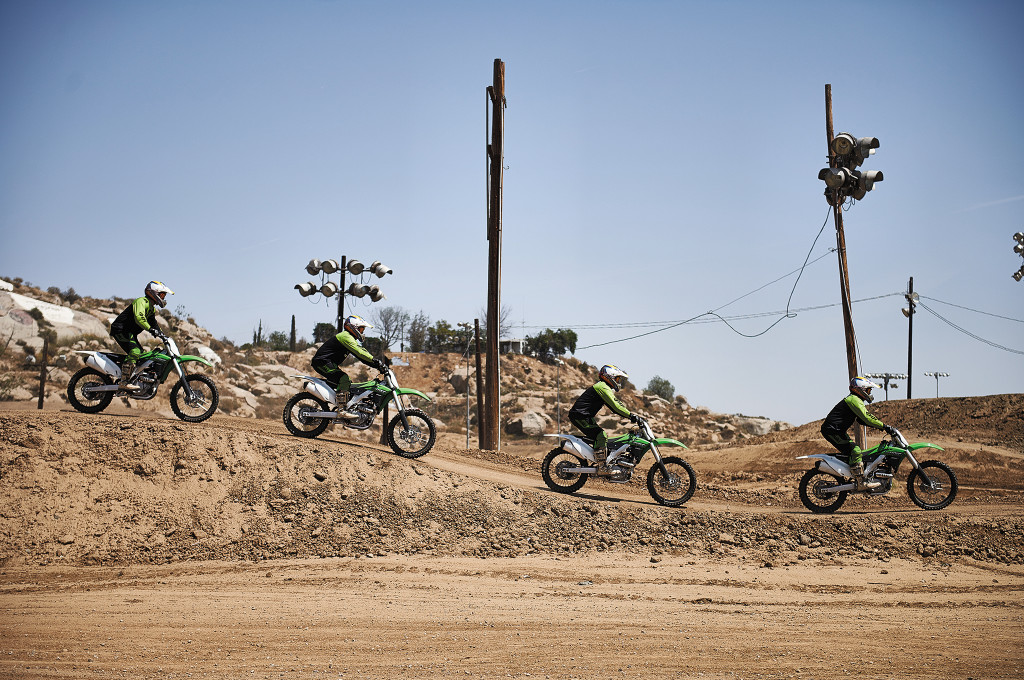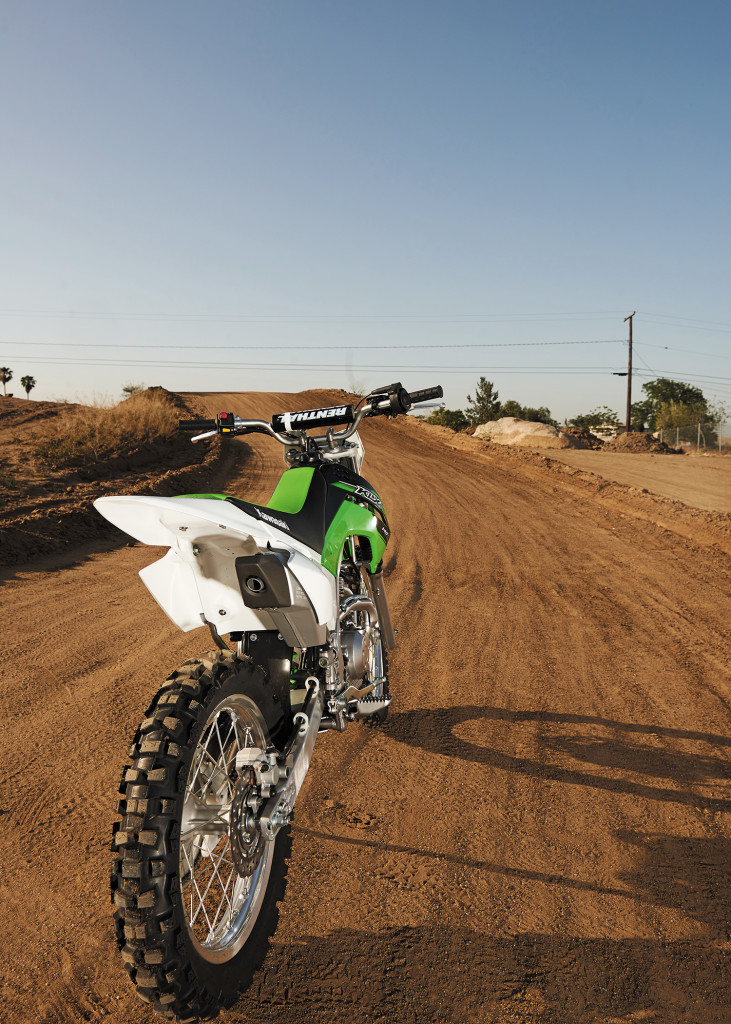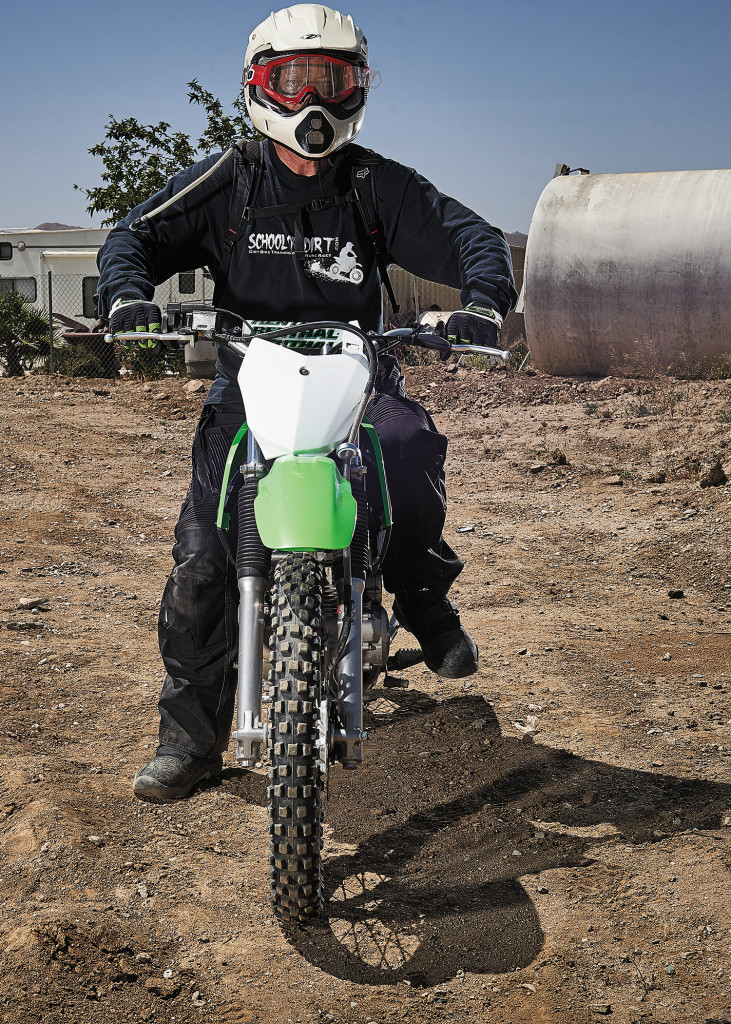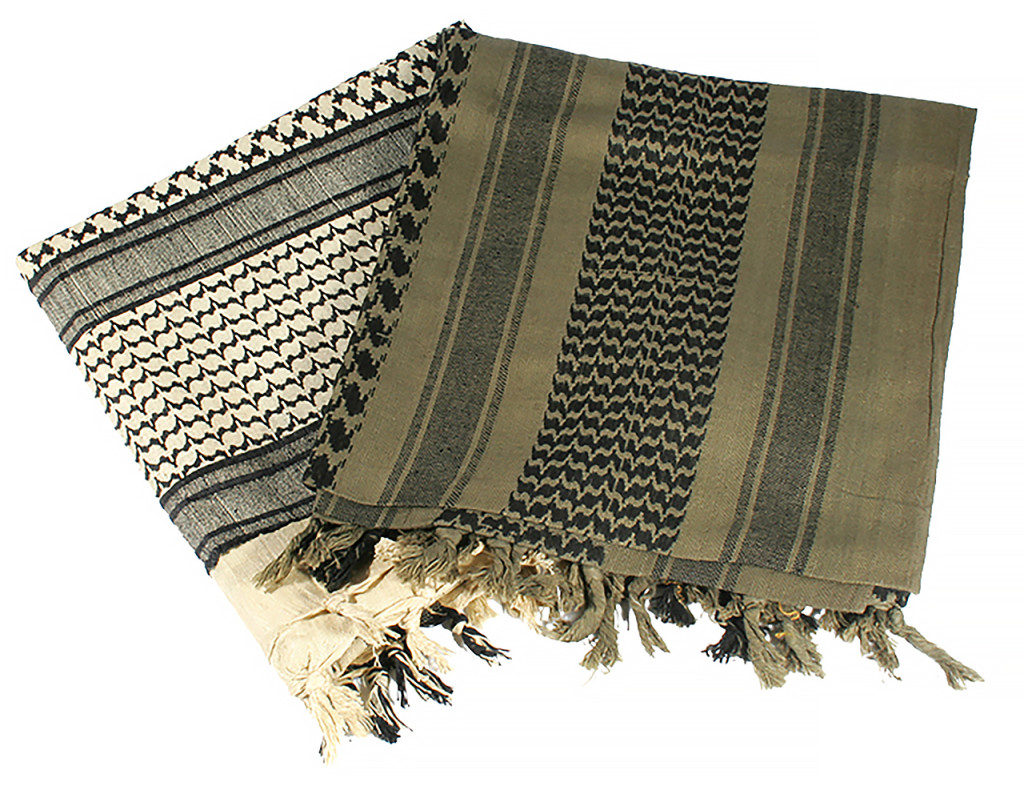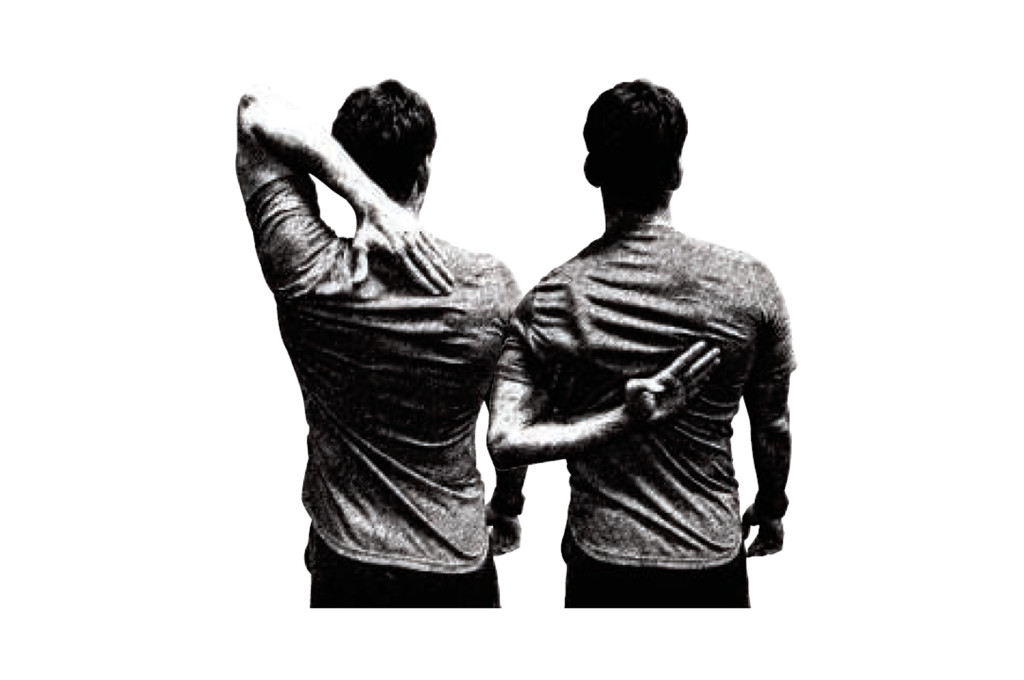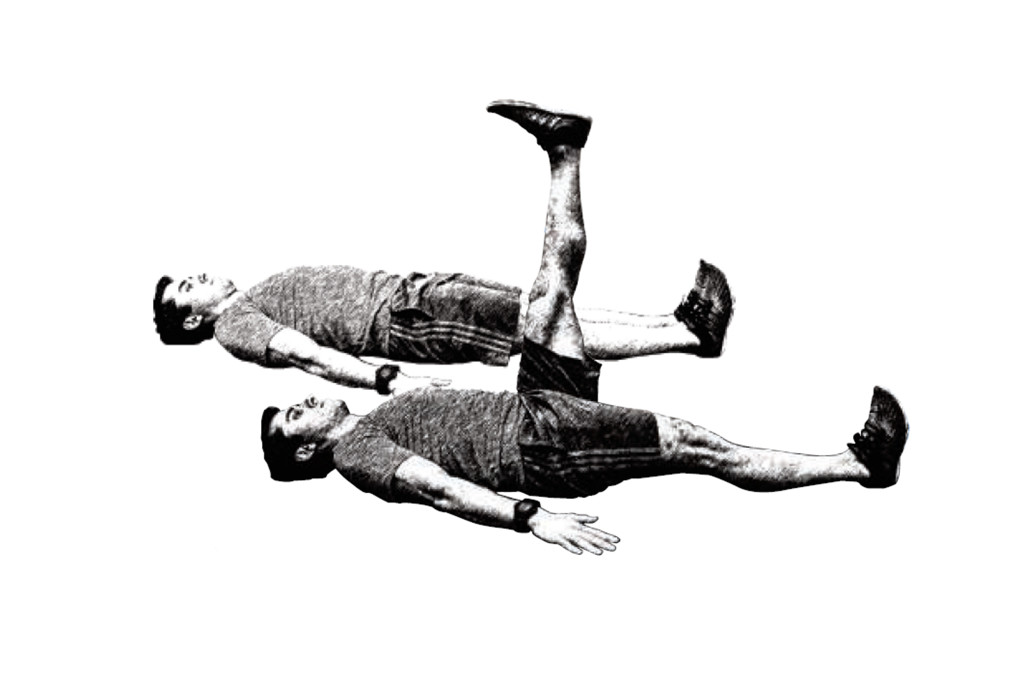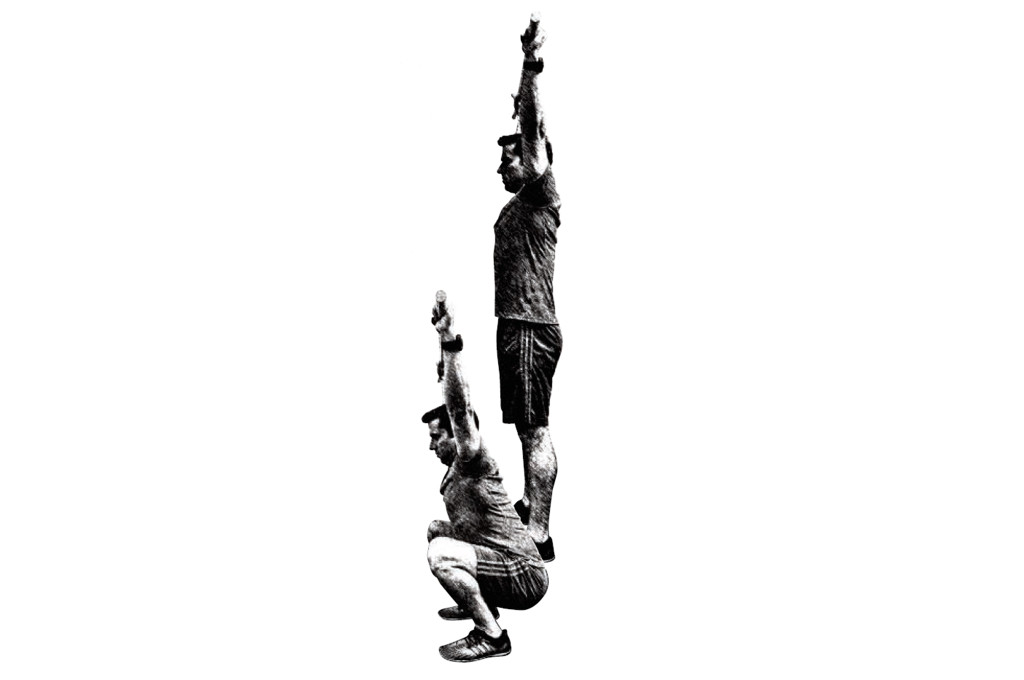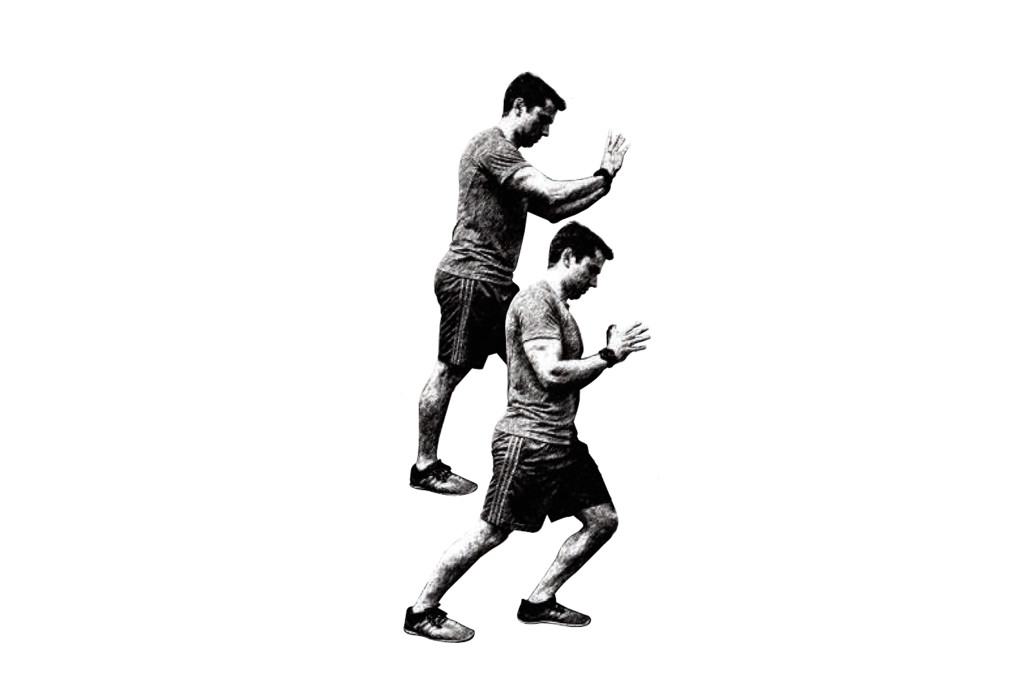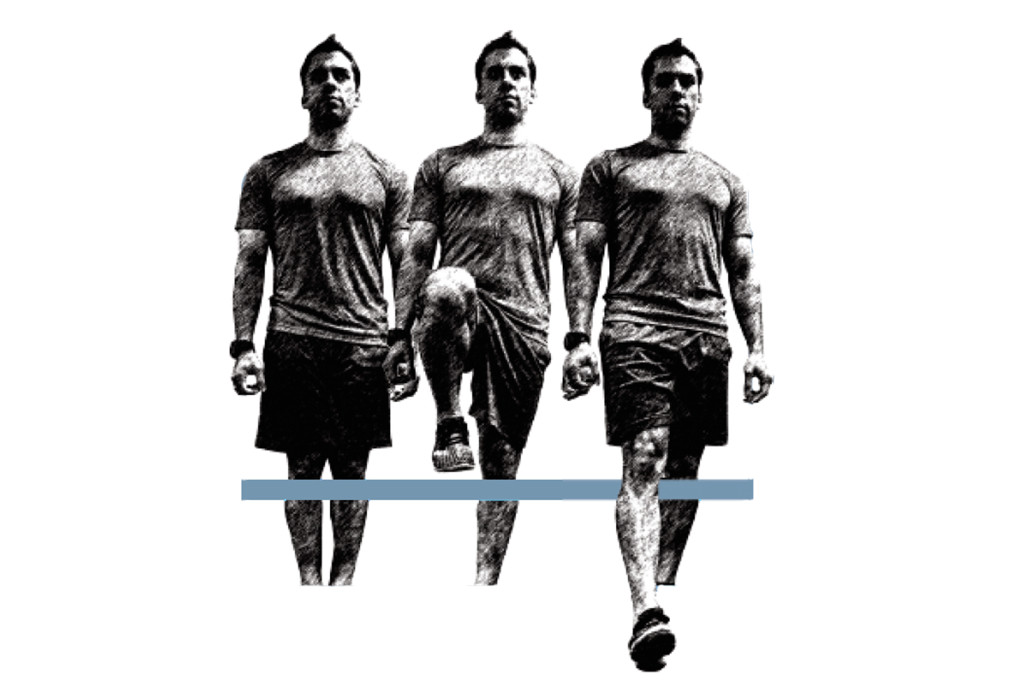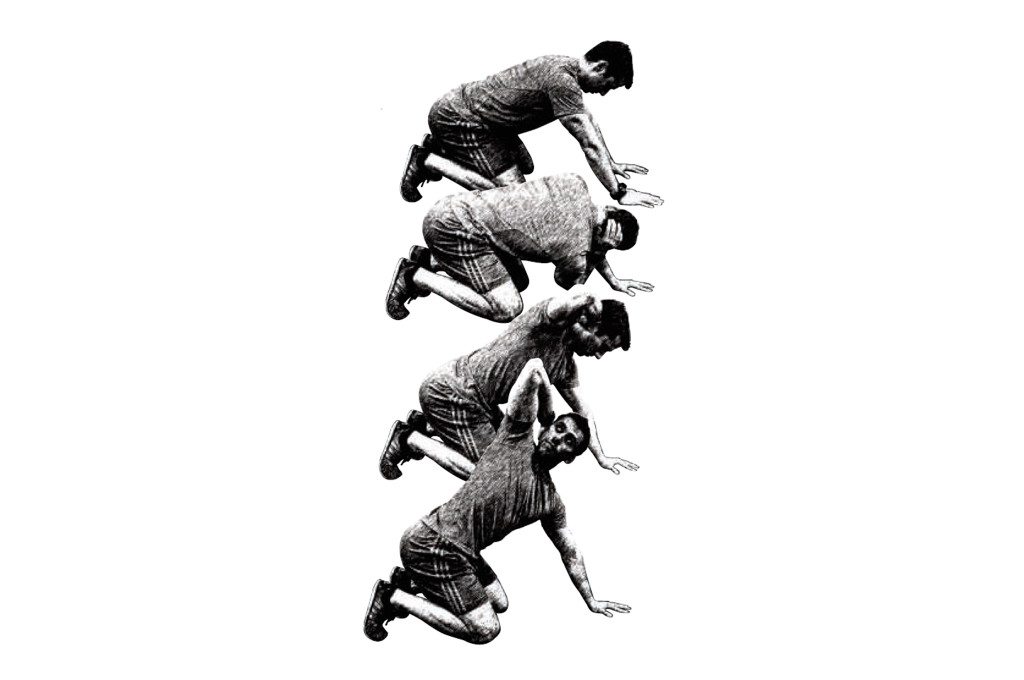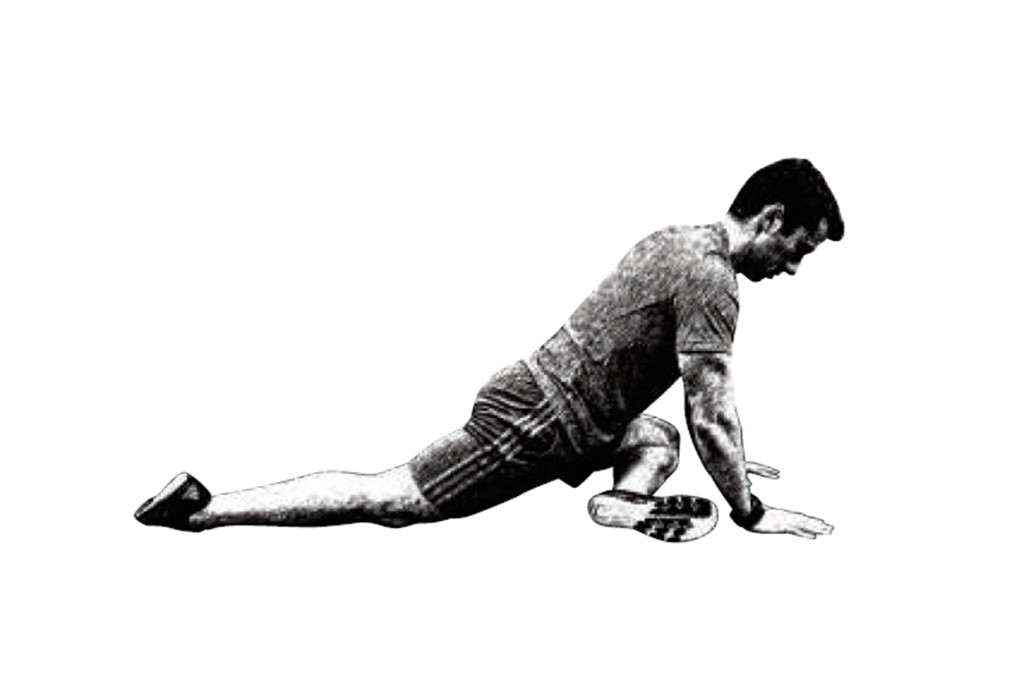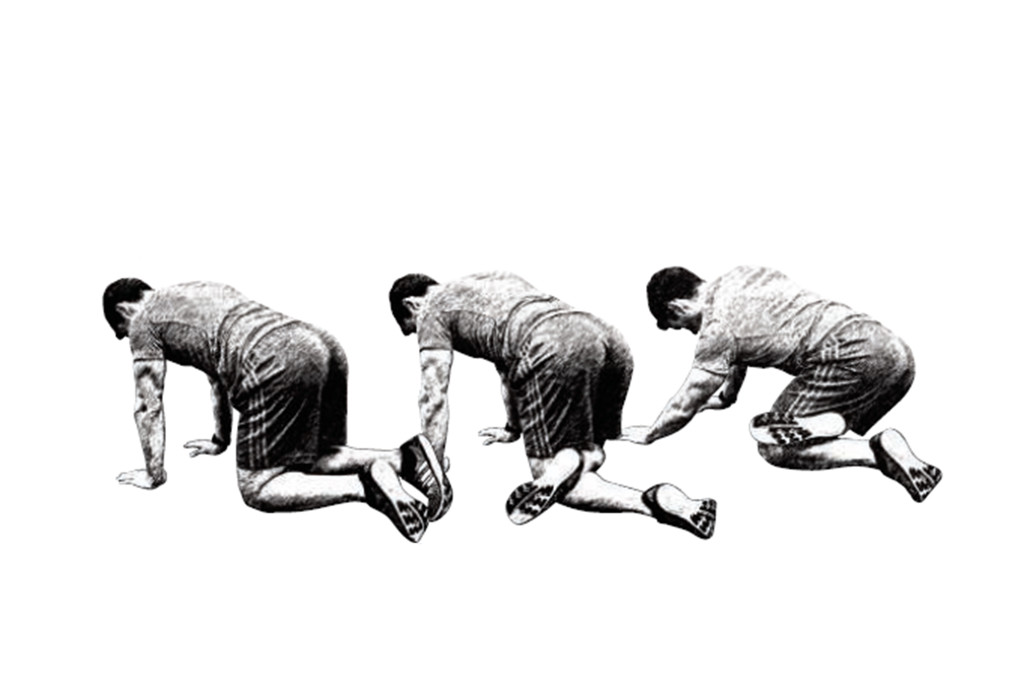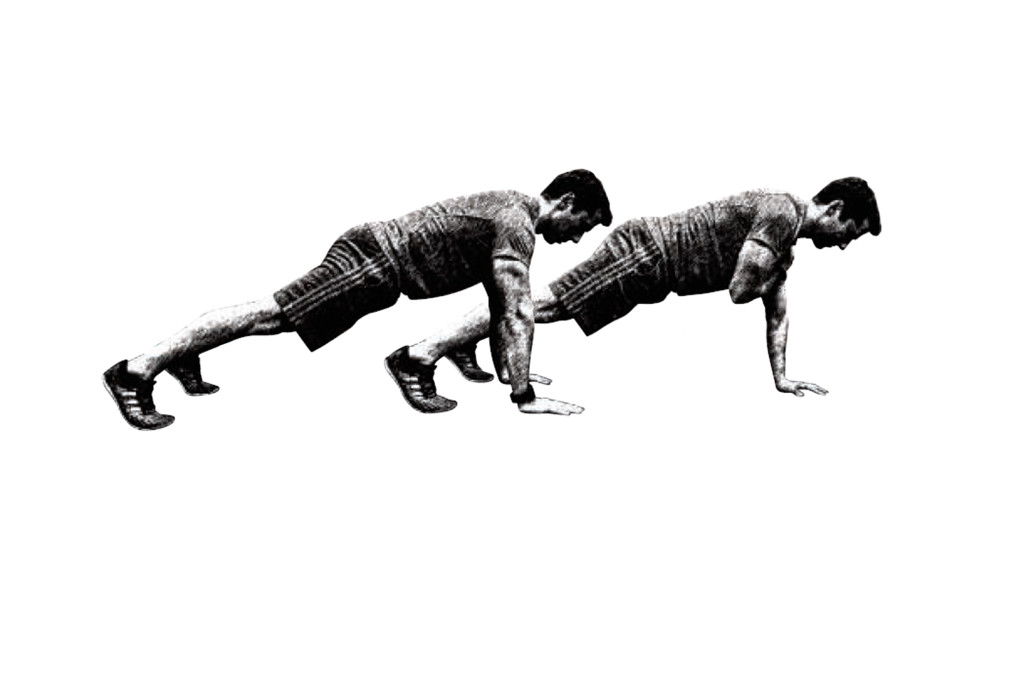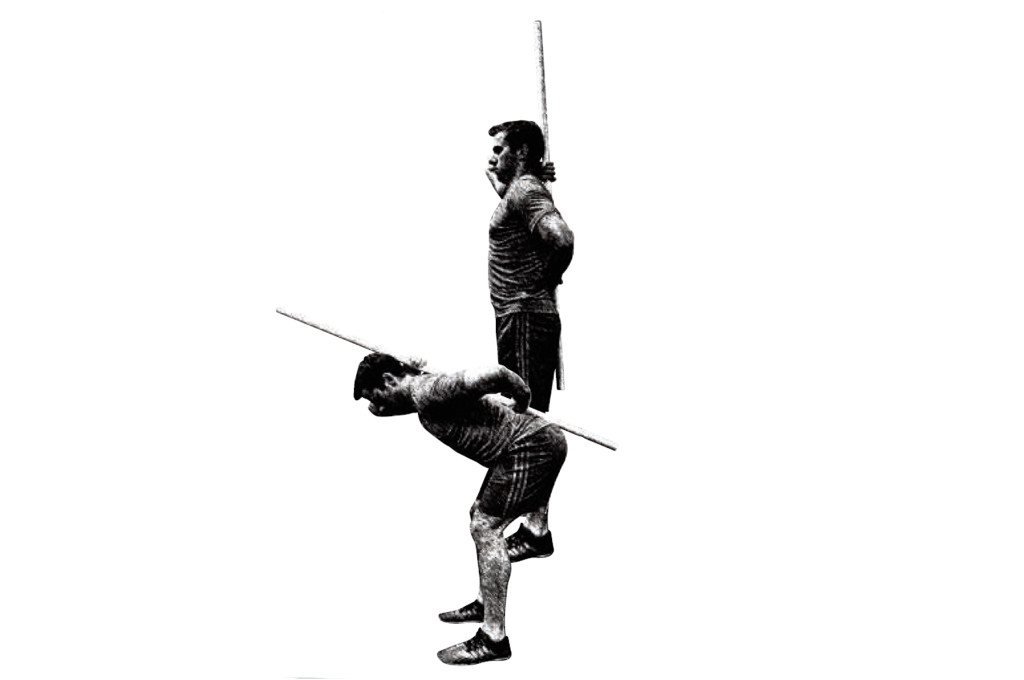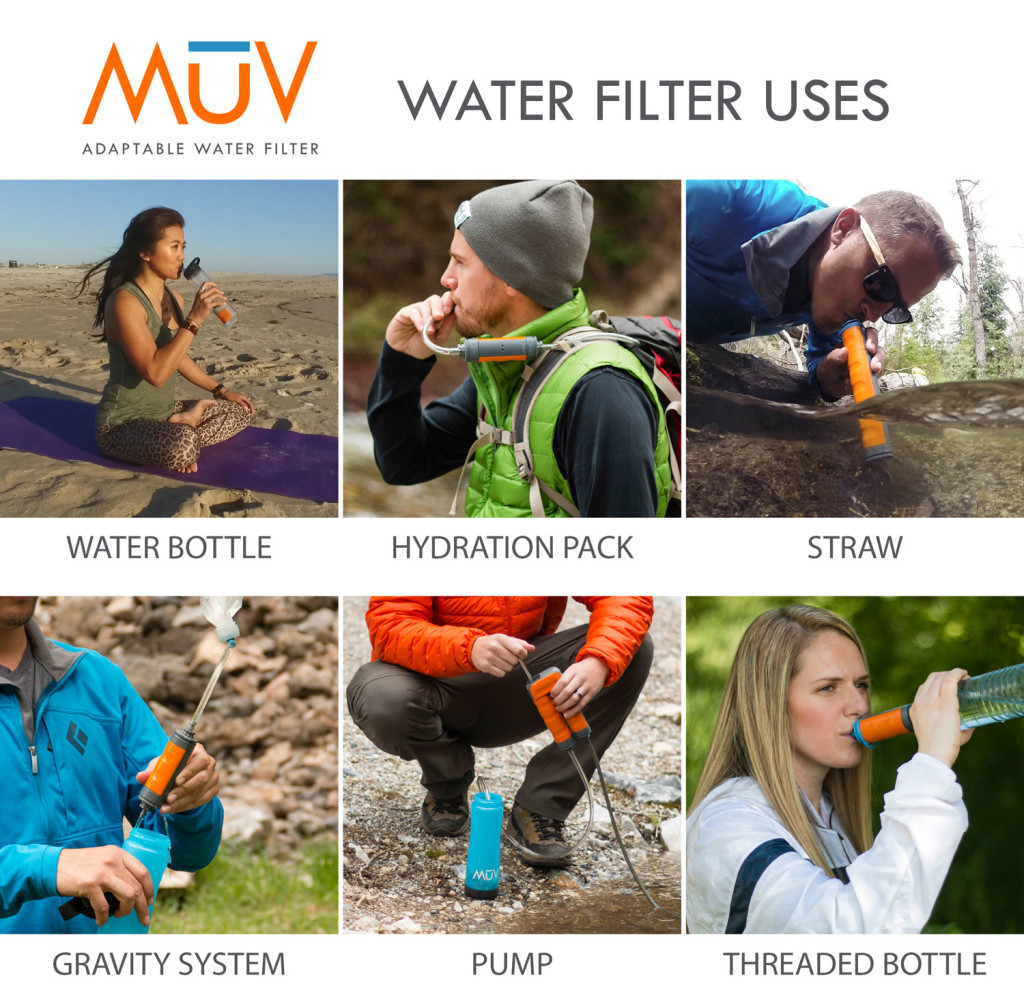Do you ever start shopping for a new knife, read a few catalogs, browse a few websites, or thumb through a magazine, and suddenly feel like you forgot how to speak English?
Knife manufacturers love to litter their marketing with all sorts of fancy terms like flat grinds, chisel grinds, Scandi grinds, zero bevels, mid-tech, forged, stock removal, textured G-10, S30V, Damascus, and pattern-welded — but what do all these terms mean? How does understanding these terms make one a better prepper?
They really are pretty easy to understand once you get your head wrapped around them. Knife-makers are a sensible lot and most of these terms have pretty direct meanings, but even after knowing what they mean, it still takes a little trial and error to determine which grind, edge, pattern, or profile works best for the task at hand.
Considering that we're always striving to provide the most in-depth knowledge on survival, we've compiled the following tutorial on knife grinds and blade profiles to help you understand each one, and let you pick the best tool for your needs.
On the Grind
The heart of the blade is essentially in the grind, or how the cutting edge is formed. This is the working part of the knife for 90 percent of its tasks and reflects how well it'll cut and, to a degree, retain its sharpness. There are many types of grinds out there. Here's a look at the most common types you might find:
Flat Grind

The flat-ground or “V ground” blade is one of the most basic edge styles in existence. In a flat-ground blade, both sides taper toward each other at a consistent angle from the spine of the blade to the edge, where they meet. The flat grind is most commonly found in kitchen knives, as well as many blades manufactured by Spyderco and Strider Knives.
Flat-ground knives have a distinct advantage in that they are possibly among the easiest to maintain.

Hollow Grind
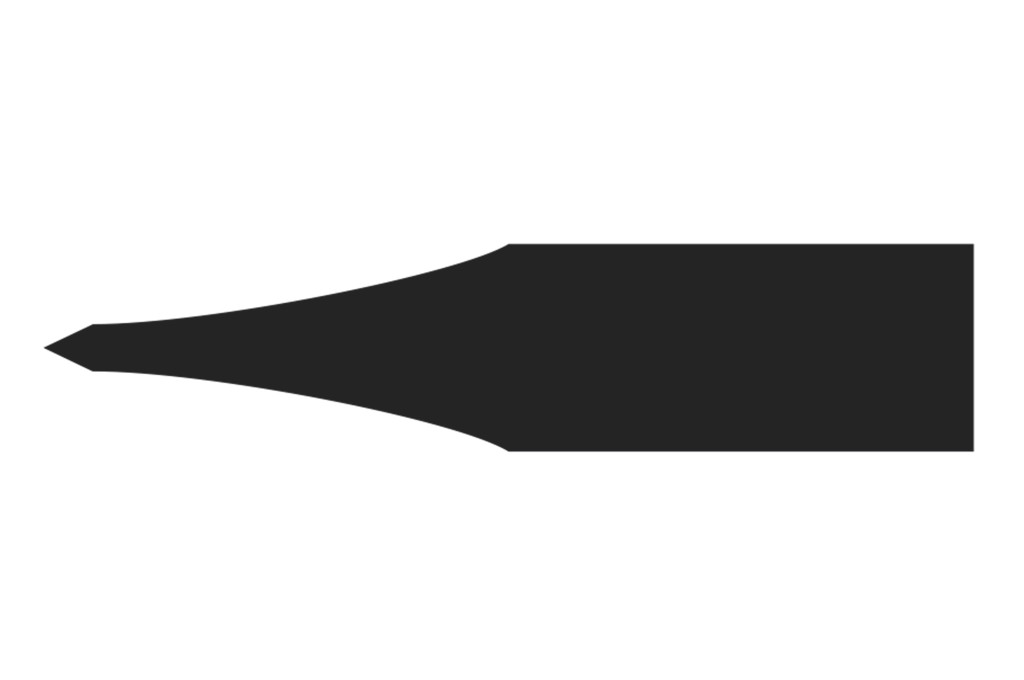
Emerging in the 19th century as a grind to use on a straight razor, the hollow-ground blade gained popularity in the hunting and sporting community in the late 1950s. It has a distinctive concave grind to the edge, so that both sides of the knife have a bevel that bows inward until they meet in a thin, sharp edge.
Unfortunately, these are not the most durable edges, and proper maintenance needs to be performed more frequently by stropping or sharpening. Buck hunting knives, straight razors, and a number of custom knives make use of this thin and extremely sharp edge. Maintenance of a hollow-ground blade is not difficult, but must be performed often.
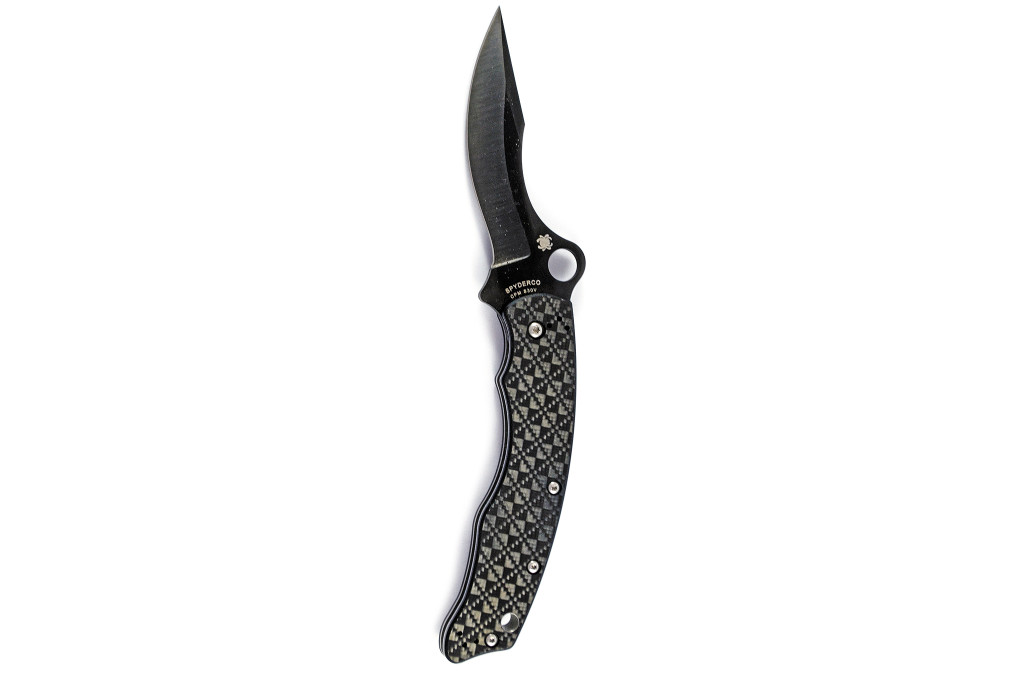
Scandinavian Grind
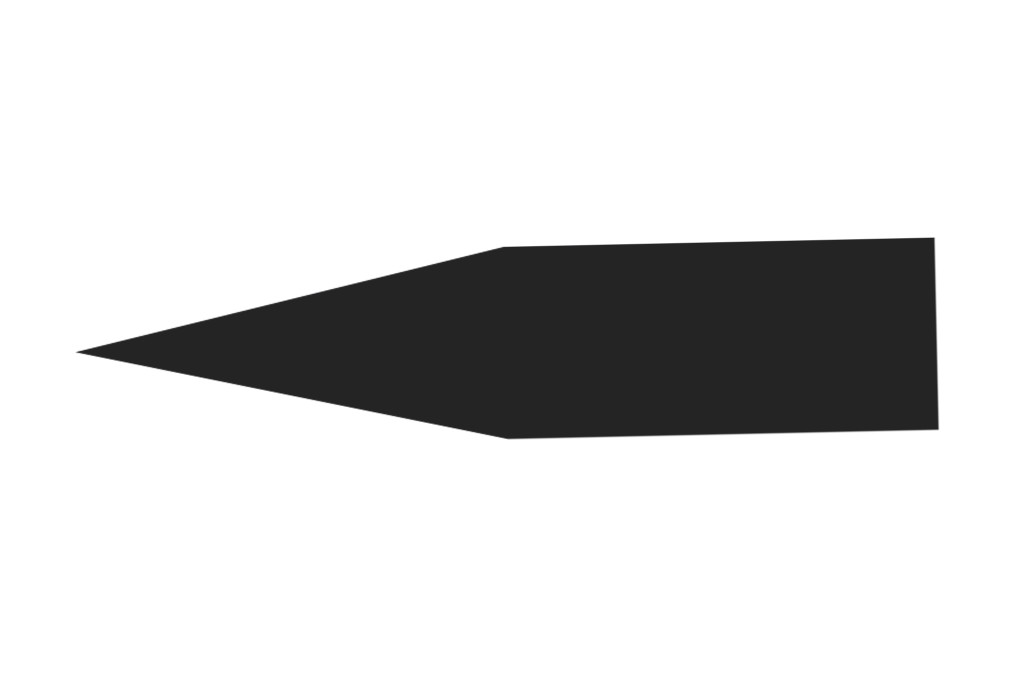
This grind, sometimes shortened to Scandi grind, starts below the halfway point and has no secondary bevel on the edge. Scandi-ground blades are ideal for whittling, woodworking, and bushcraft. The high bevel was desired so that the user could keep an eye on the wood grain while carving.
More of a carver than a chopper (which will certainly ruin the edge), the Scandi grind requires frequent stropping to maintain its sharpness. Using any other type of sharpener will ruin the edge or at least change the grind by adding a secondary bevel.
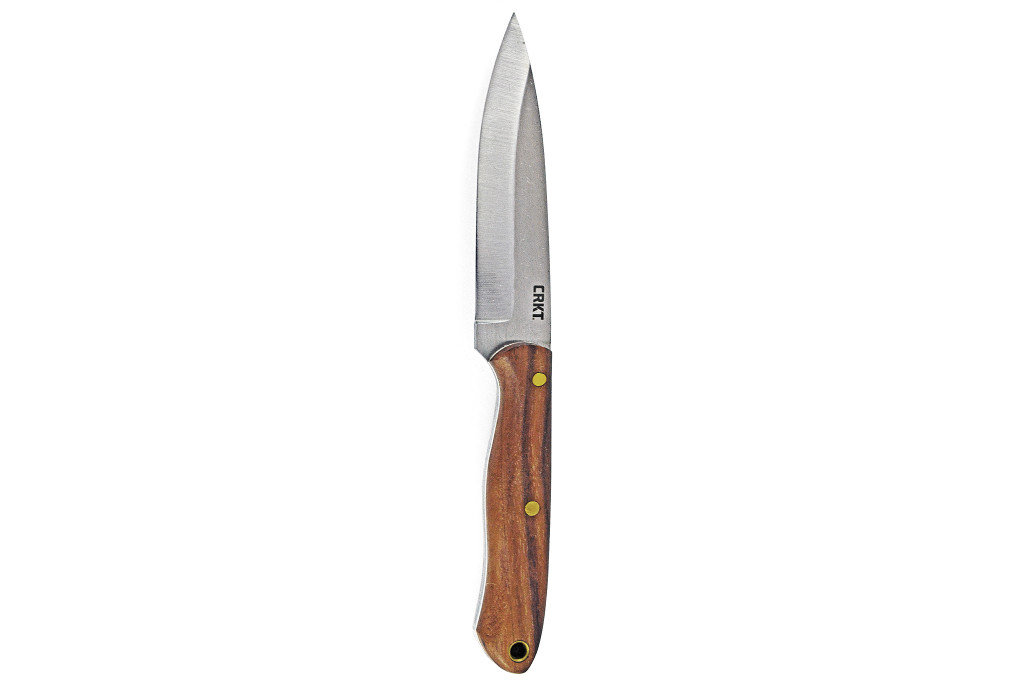
Convex Grind
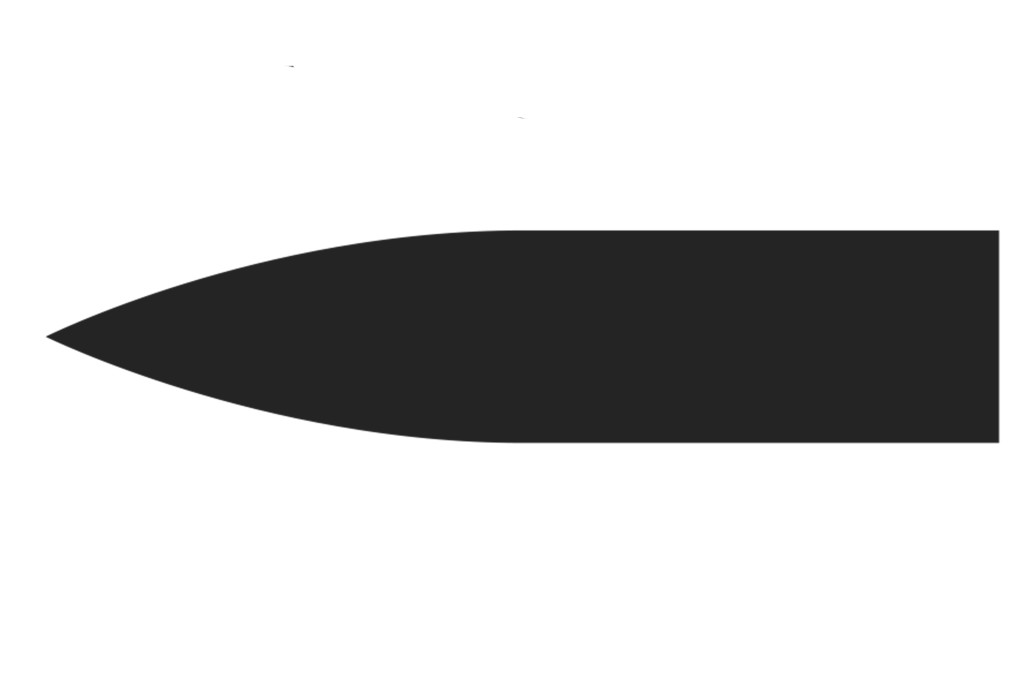
Convex edges can be some of the most difficult to sharpen, but the edges are extremely durable and sharp. A convex edge features a bevel on each side of the blade, slightly rounded (convex) as they taper to form the edge.
Convex grinds are very specialized and are commonly found on heavy-duty chopping tools such as axes and machetes. The somewhat rounded shape of the edge will not bind in wood and helps to separate the two halves of the wood while they're being split. This is why it is also referred to as the axe grind.
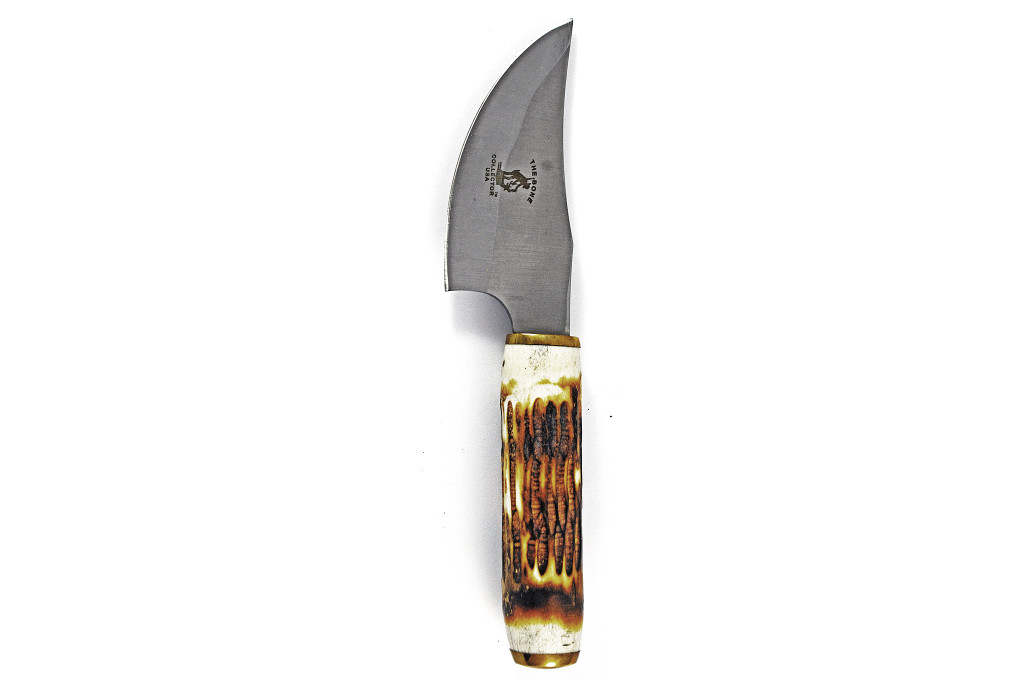
Chisel Grind


The chisel ground blade is an older design from Asia that is very similar to the type of grind found on woodworking chisels. Only one side of the blade is ground, with the opposing side left flat. The chisel grind was popular on expensive Japanese kitchen knives and was introduced to the United States by the late Phill Hartsfield in the 1960s.
Hartsfield put them on his combat-oriented knives, which became popular with Navy SEALs and Army Special Forces. In the mid-1980s, another California-based knife-maker, Ernest Emerson, asked Hartsfield's permission to use this grind on his tactical folding knives, and within a decade they began appearing on all types of tactical knives. (See Issue 21 of our sister publication RECOIL for an exclusive interview with Emerson.) The chisel-ground blade carries no parasitic drag and can be made extremely sharp when there is no secondary bevel in what is known as a zero grind.
However, a zero-ground blade will need religious stropping to keep it that sharp. Sharpening this type of edge on a stone, a sharpener, or anything other than a strop or buffing wheel will put a secondary or compound bevel on the knife. The majority of factory chisel-ground blades have this bevel, which actually makes the knife easier to maintain in the field, but takes away some of its real cutting potential.
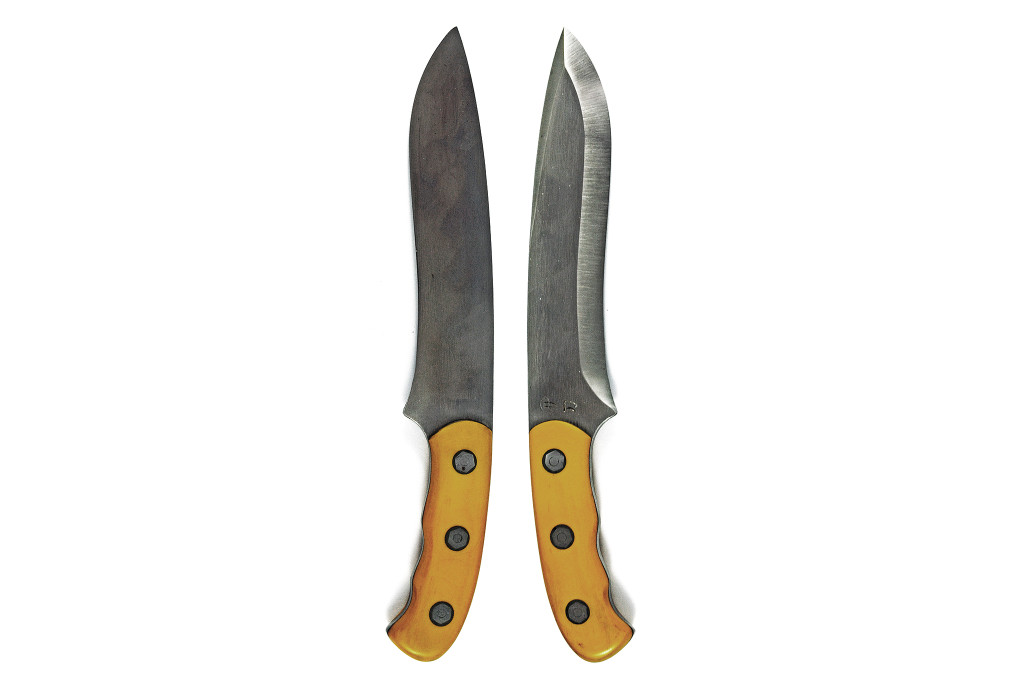
Compound Bevel

The compound bevel or double bevel is another grind that is commonly found on many modern knives. In essence, it's one of the aforementioned grinds with a secondary bevel. It adds durability and ease of maintenance to the grind.

Asymmetrical Grind
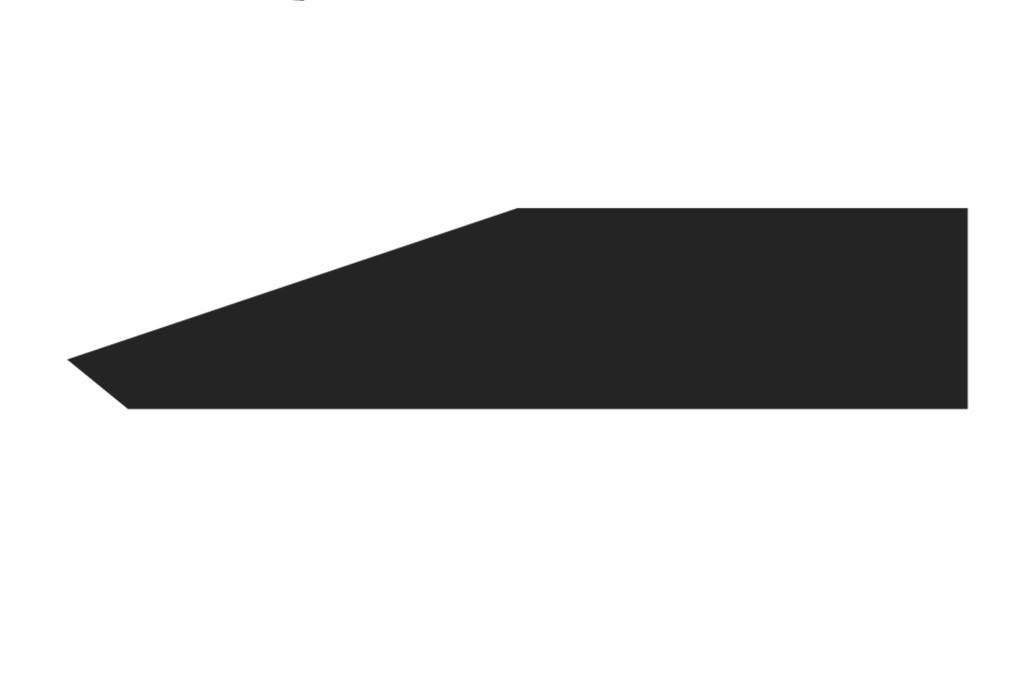
Typically a combination of two of the previous designs, the asymmetrical grind uses two distinct separate bevel angles for each side of the blade. (For example, one side may be convex and the opposite side flat.) The thought behind this is to produce a more durable edge by giving the user the best of both worlds.
Some makers and manufacturers take a different approach by grinding portions of the blade differently, such as making the front half a flat grind and the rear half a hollow grind.
User Profile
By looking at the various edges, the user can get an idea of what he needs in a blade. A hunter or trapper might prefer the hollow grind for skinning and dressing game, a Navy SEAL might prefer a chisel grind with a secondary bevel on a folder for its ease of sharpening or cutting ability, but turn to a convex grind on a machete for clearing brush.
The next question might be to think what profile is best for a particular knife. If the edge is the heart of a blade, the profile is its soul. This conveys much of the overall look of the knife and defines its function.
Drop Point
Today the drop point is one of the most prolific blade styles — but it was not always so. The late Bob Loveless popularized this style in the 1950s by grinding in such a manner to give the blade's spine the same strength and thickness from hilt to tip. It is one of the most practical profiles for a daily-use knife.
The tip is lowered, giving the user extra control when cutting with the edge without sacrificing too much power if the knife needs to pierce with the tip. This makes it extremely versatile, which is why you see it on knives for a wide range of functions: hunting, skinning, caping, woodworking, self-defense, etc.
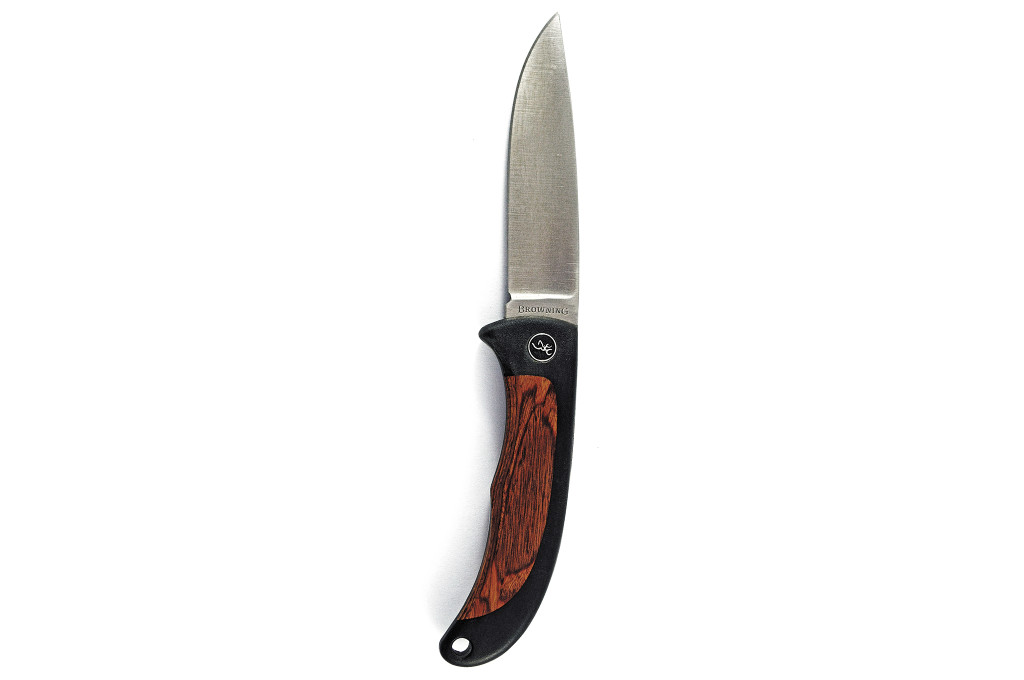
Clip Point
At one time the clip point blade was the predominant blade style throughout most of the world. Originally, it was driven by the forging process, as the tip of the blade naturally curves upward due to the heat and hammering. As machine-ground blades replaced forged ones, the style stayed around through familiarity and perhaps as homage to the Bowie knife of the 19th century.
It gets its name from the back of the blade nearest the tip being clipped in either a straight or concave fashion. Common on pocket knives as a means of safely accommodating the blade within the handle when closed, the clip may have a false edge to aid in penetration. This profile is good for general use, hunting, skinning, caping, woodworking, and self-defense.
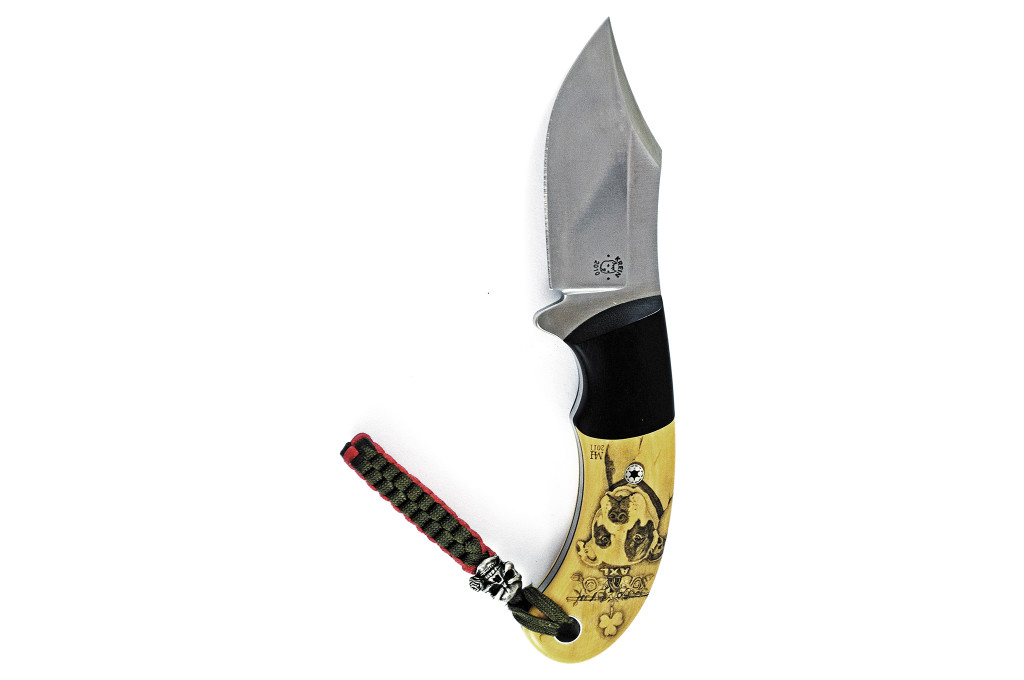
Sheepsfoot
This blade was originally designed to trim the hooves of sheep and goats. It has a straight edge and a straight dull back with a rounded and unsharpened tip that curves to the edge. This special purpose knife is designed to be held by the fingers very close to the edge for more control.
Today, it's become increasingly popular on rescue knives as they allow a first-responder to cut someone free of a seatbelt, rope, or clothes, while keeping the sharp tip away from the accident victim's skin. You'll also find sheepsfoot blades on knives used for skinning, woodworking, and sometimes self-defense.

Wharncliffe
Similar to the sheepsfoot, its curve on the back edge is more gradual and is typically thicker than knives of a similar size. This specialty blade was designed for use by mariners on sailing ships of old. The flat blade makes for predictable cutting action; important when the swaying movement of ship could cause a drop-point-shaped blade to slip from the work and penetrate a sail or a hand. Its tip is also excellent for fine work and the flat edge is easy to maintain.
Nowadays, you'll most commonly find a Wharncliffe on box-cutters, as well as other blades for rescue, skinning, woodworking, and self-defense.
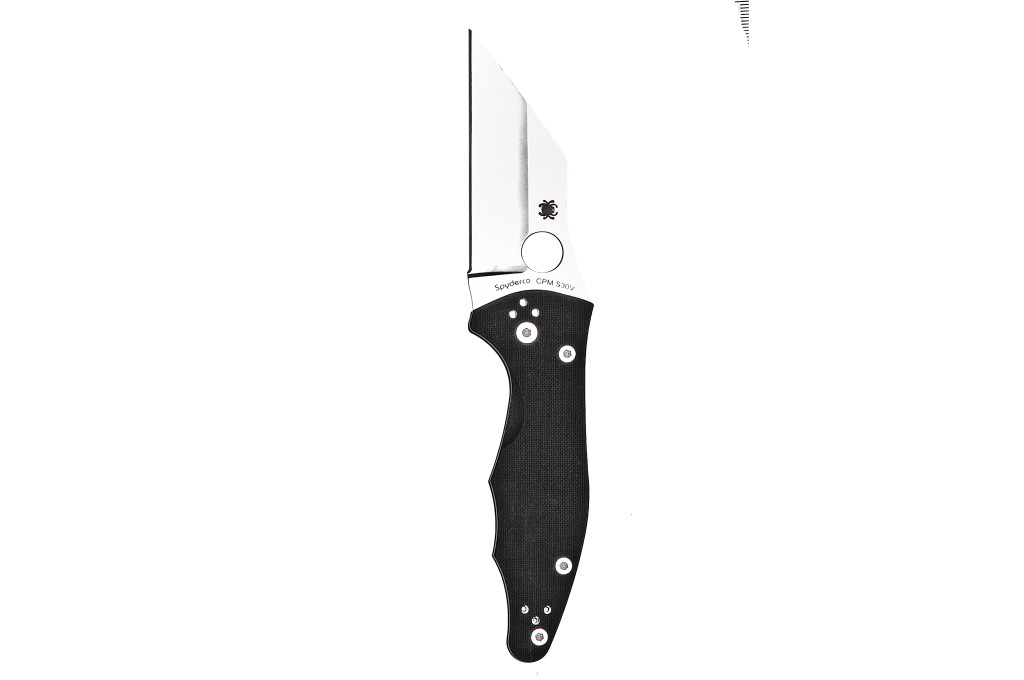
Hawkbill
Resembles the previous two profiles, with one exception: The tip is pointed to add in penetration when used to strike and cut. This makes for a potent self-defense blade when used properly and with the correct technique.
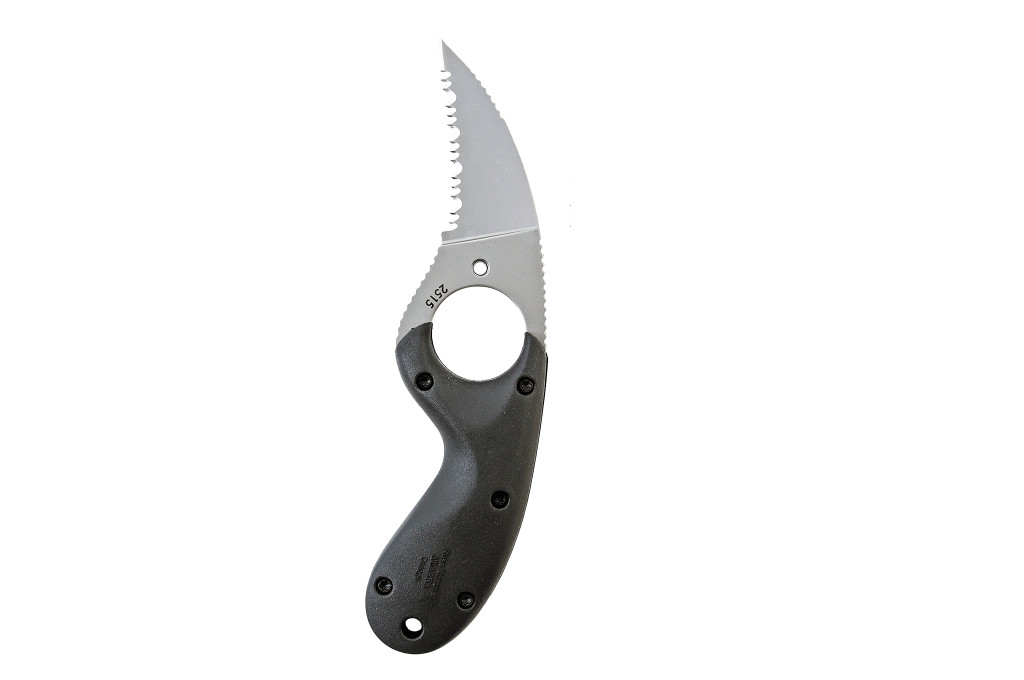
Persian
This design is usually the opposite of the three previous types, as it curves upward with a pointed tip. This profile excels best at filleting, though you'll also see it on certain combat and general-use knives, as well.
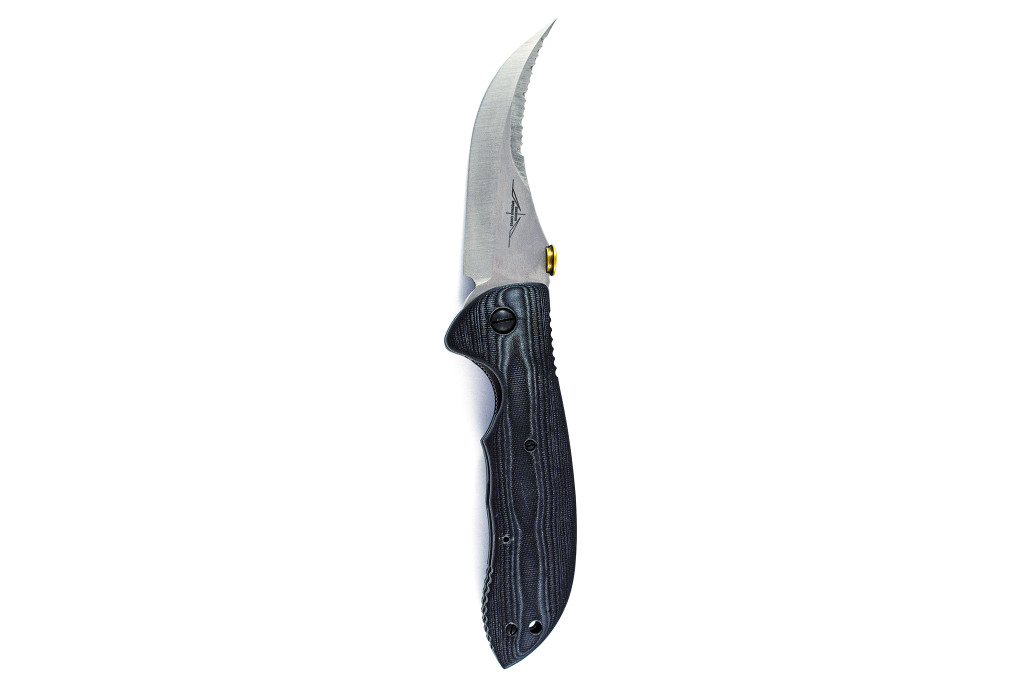
Gut-hook
A gut-hook might be found on other blade profiles as an added accessory, but the true gut-hook has a blunt edge with a beveled and sharpened single serration usually cut in the top plane of the blade. This was originally intended to aid in the skinning of animals, where the blunt tip would not damage the hide or cut the intestines while dressing it out.
Common on hunting blades, the gut-hook is also found on rescue and military knives. The shrouded hook is a great way to cut seatbelts and cordage without risking injury from an exposed knife tip.
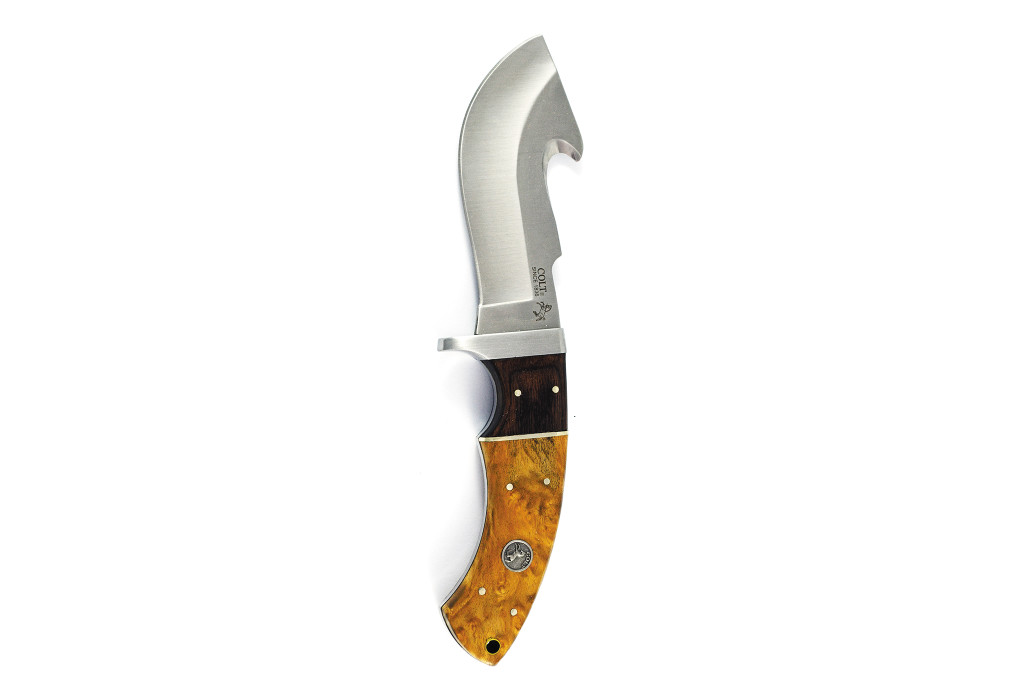
Tanto
The distinctive tanto stands out in the crowd. This type of profile was introduced to the United States on custom knives by the late Bob Lum. It gained popularity in the 1980s when companies like Cold Steel produced them under a variety of names and configurations. They exploded in the 1990s when tactical knives began to overtake the cutlery industry with tanto designs from makers such as Bob Terzuola, Allen Elishewitz, and the aforementioned Emerson. These modern U.S. blades have a flat spine, but the tip is most often set at an obtuse angle to the edge. Some have the spine angled toward the tip, creating a sort of triangle at the business end.
They're great for penetrating, but are less versatile than drop-points due to the obtuse angles near the tip. You'll see tanto profiles on tactical knives, everyday-carry (EDC) blades, and sometimes hunting knives.
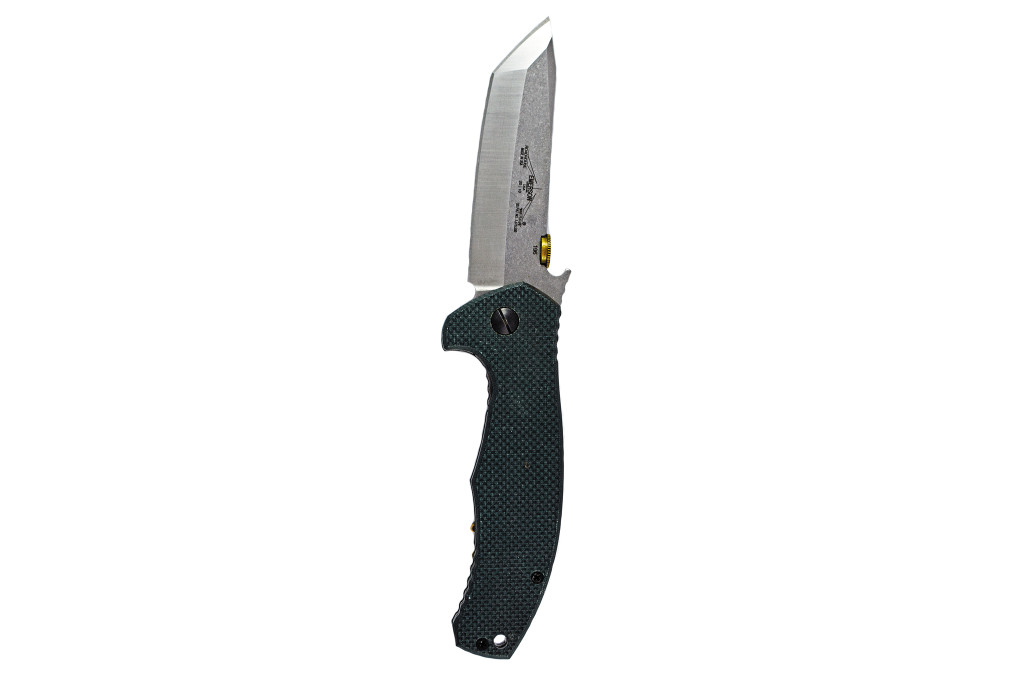
Recurve
If there was ever a knife of the new millennium, it would have to be the recurve blade. On a recurve, the “belly” of the knife bows out from the edge before the point and gives more surface area for cutting. Recurves proved popular following the turn of the new millennium on many custom and factory designs.
These can be found on hunting knives, skinning blades, self-defense tools, and some EDC models.
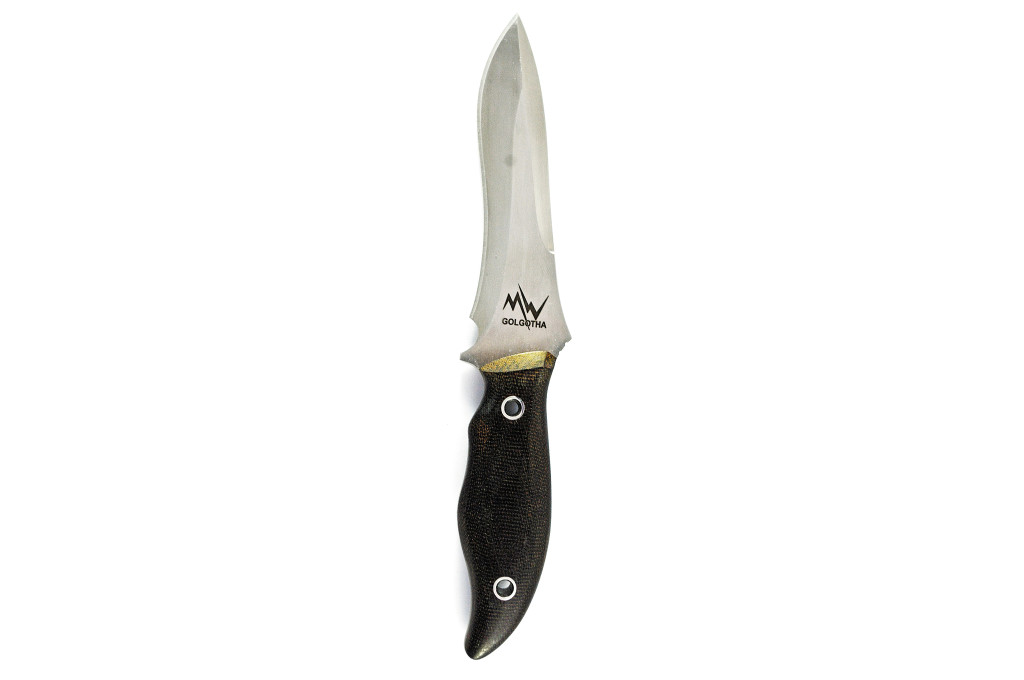
Reverse S
This design was popularized by Spyderco and is found on many of their designs, such as the Cricket, Dodo, Matriarch, and Civilian. The sweeping curve allows for more surface area on the cutting edge than a typical straight edge or even the recurve. Hence, the blade in question might be right at the legal limit in most jurisdictions, but the extra surface area gives the cutting performance of a somewhat larger blade.
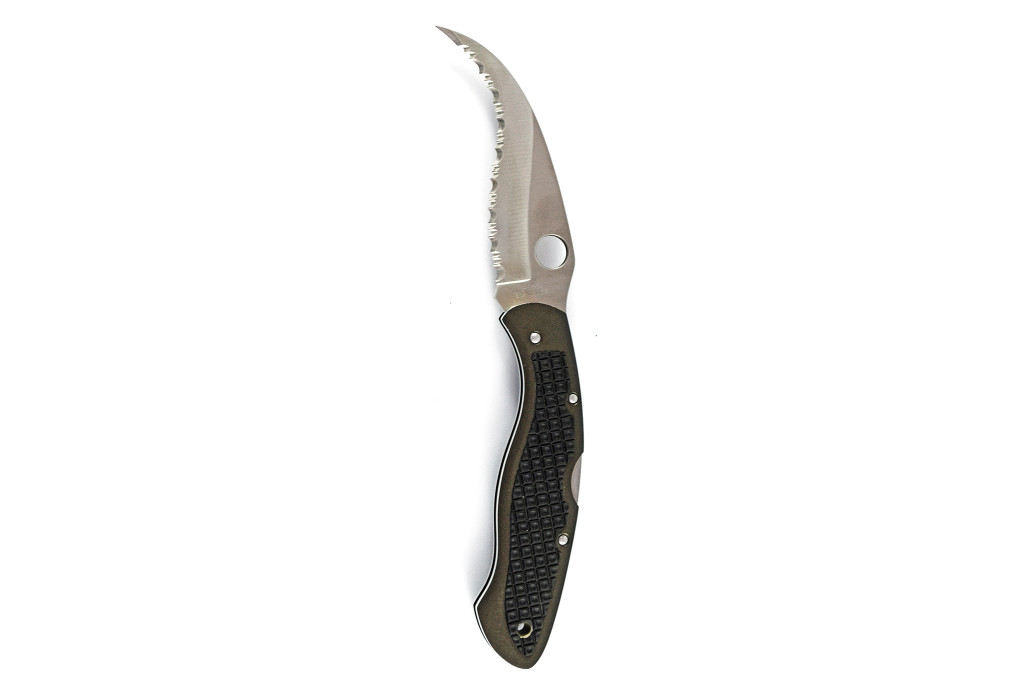
Dagger
It has had a single purpose for centuries: combat. This ancient profile is steeped in symbolism and due to its symmetry has been the base design of many art knives. Originally a scaled-down version of a double-edged sword, the dagger features two symmetrical sharpened edges. Some modern makers prefer to make the top edge unsharpened to avoid nefarious weapon laws in most jurisdictions and to make a more utilitarian blade. Its strength is in stabbing as the double edge (or top false edge) aids in penetration.
Carry of a dagger is heavily restricted, if not outright prohibited, in most jurisdictions. In response to this, a number of makers have refined the design into what is more commonly known as a spear-point blade or a bull-nose profile, in which one side of the blade has a false edge or is not ground, but maintains the symmetrical profile.
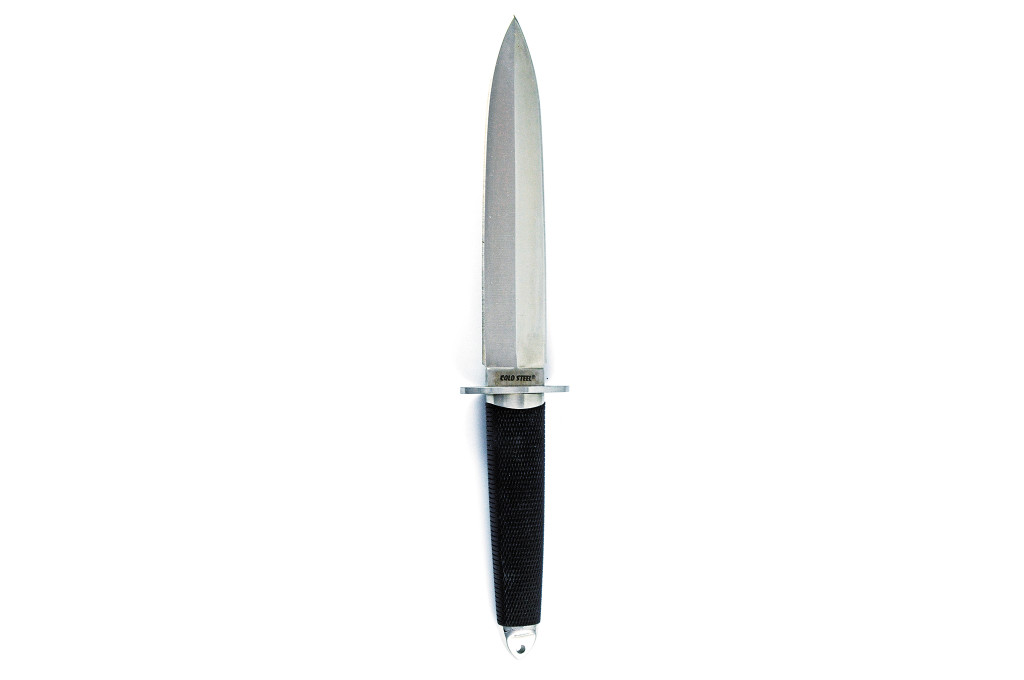
What Combo is Best?
Now that we've just downloaded a gang of knife knowledge on your internal CPU, you might be asking, “Great! I have all this info…now which knife do I buy?” Like pretty much any survival gear you invest in, the best knife is the one that fits your needs and your wallet.
If you're pretty much an urbanite who seldom even goes for walks in the park, let alone day-hikes or hunts, then a gut-hook skinner will probably be a waste of money. Likewise, if you find yourself in the woods most of the time, a double-edged dagger would make for a pitiful bushcraft knife. Looking for an all-in-one survival blade to keep in your go-bag? Keep looking past a sheepsfoot with a hollow grind. What does this all mean? Each design has inherent strengths and weaknesses.
When evaluating vastly different types of knives, sometimes it's pure aesthetics that win out. That is, much of this comes down to personal preference and what appeals to you visually. At the same time, be realistic and remember that just because a knife looks cool doesn't mean it's the most useful.
Tanto Myth-Busting
The tanto is a popular blade profile, but unfortunately there are some misnomers floating out there, mostly due to its name.
In feudal Japan, a tanto referred to a knife or dagger worn by samurai. It could have been single or double edged and was used mainly for stabbing (though it was also capable of slashing). Its profile resembled a straight-back blade: the cutting edge curved at the end where it met the flat spine to form the tip (similar to modern, high-end cutlery knives). Many of today's tanto blades today look nothing like the ones used by the samurai.
Another myth about the tanto that persists is that they're excellent at penetrating armor and the like. This has more to do with the thickness and strength of the steel in the blade as opposed to its profile.
The other falsehood is that the popular CQC series of knives by Emerson are based on the tanto. In actuality, that tip was designed as a point that would shear and chop in the manner of the guillotine blade. Unfortunately, knife collectors and writers at the time looked at the blade, saw that it superficially resembled a tanto coupled with the Japanese chisel grind, and assumed that the knife was a tanto.


